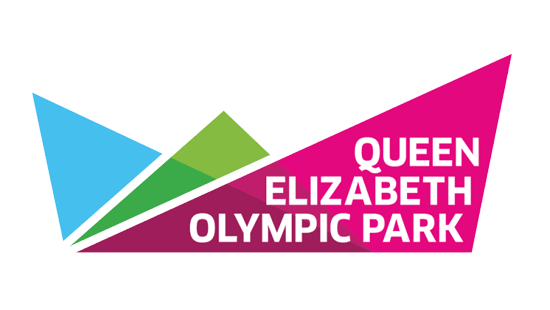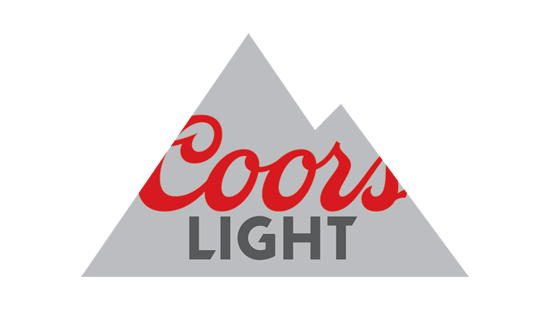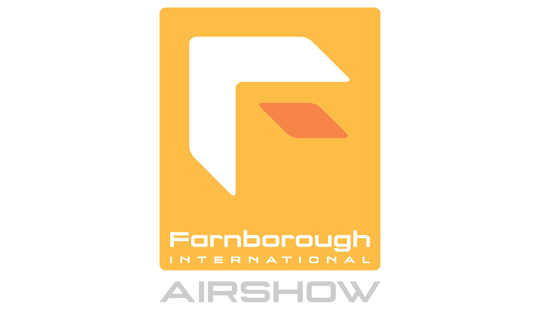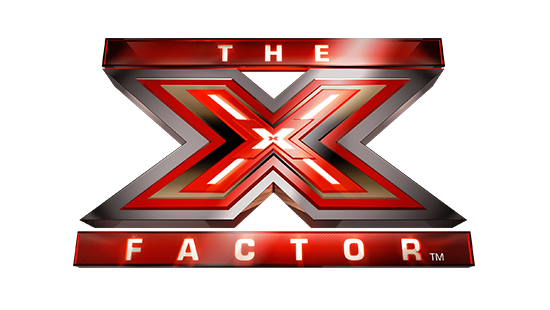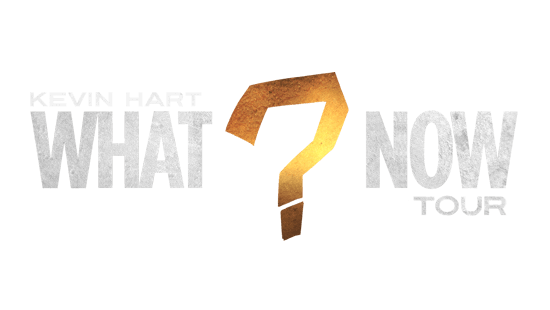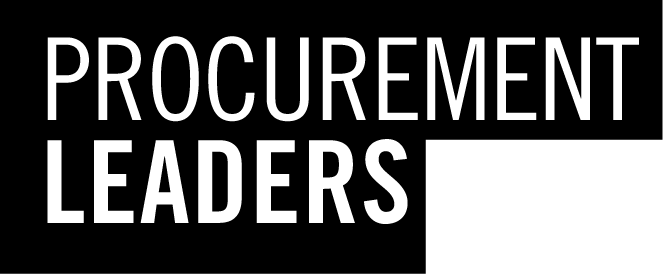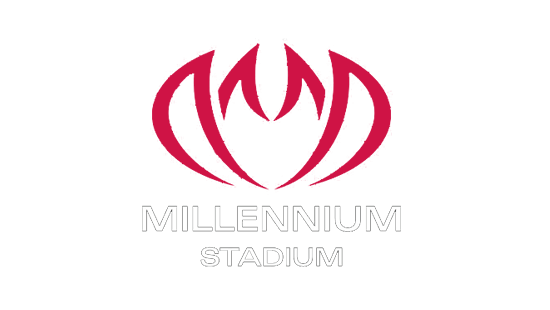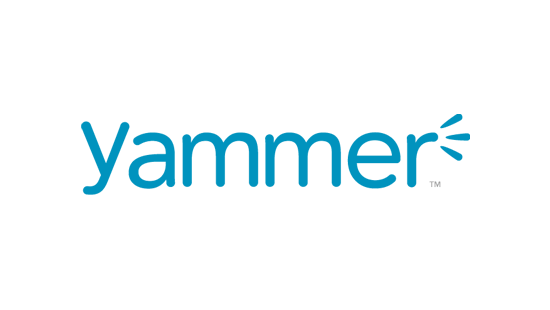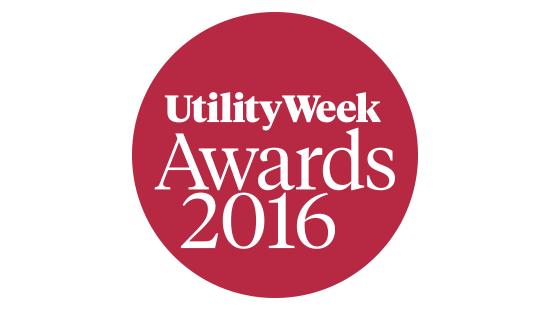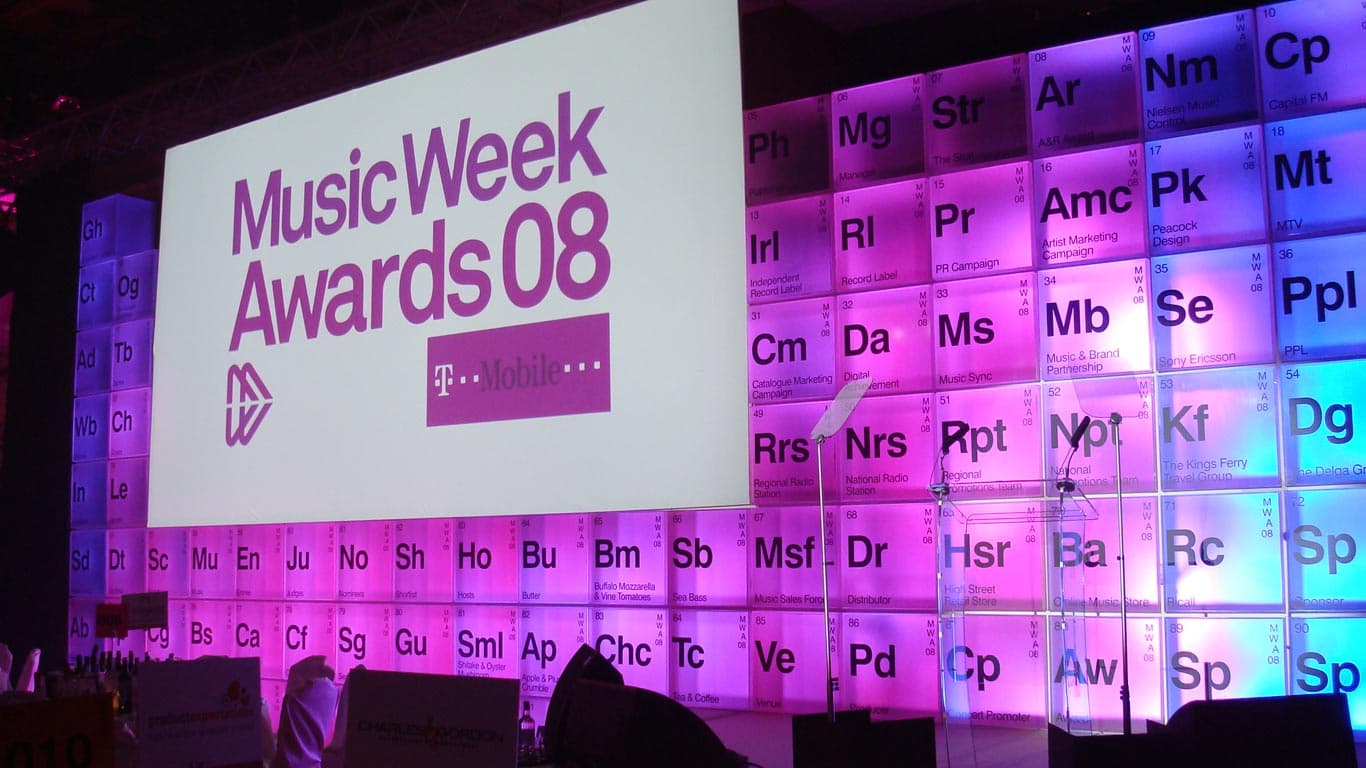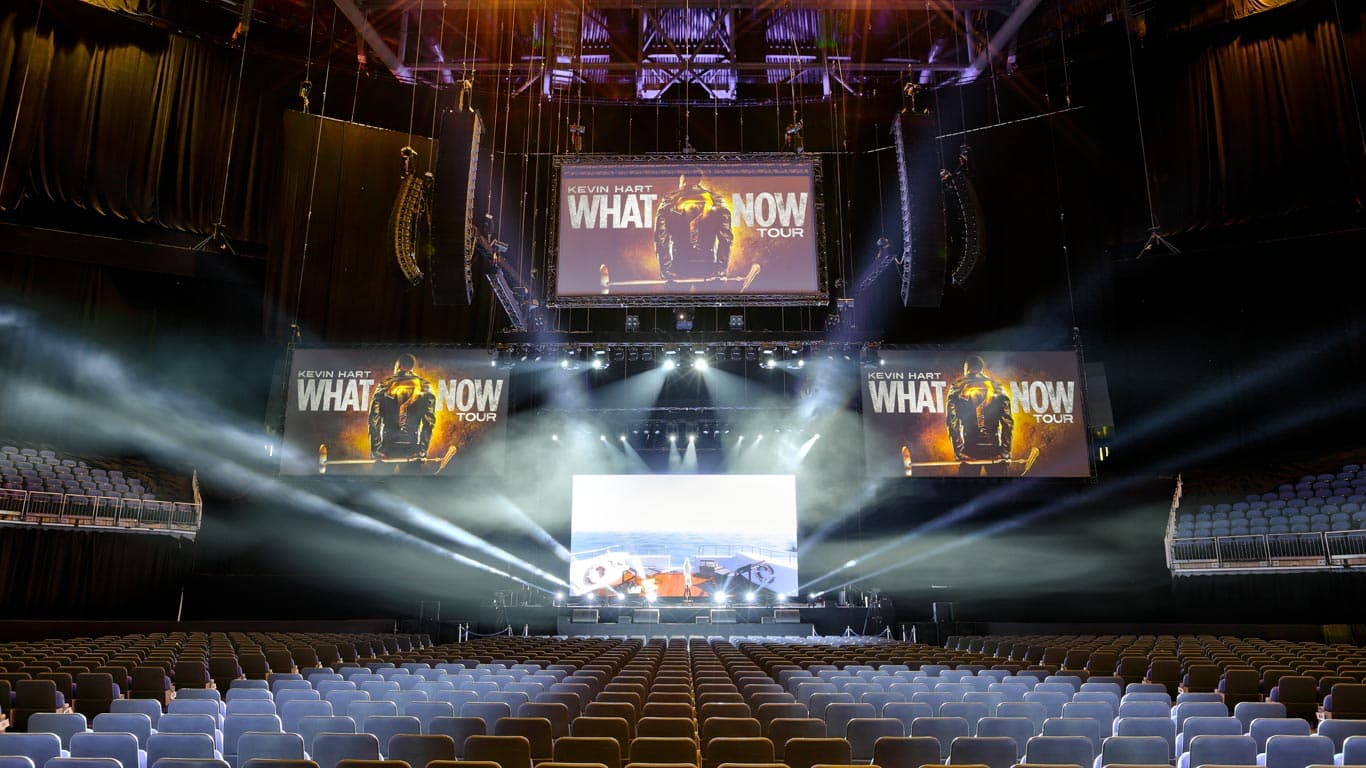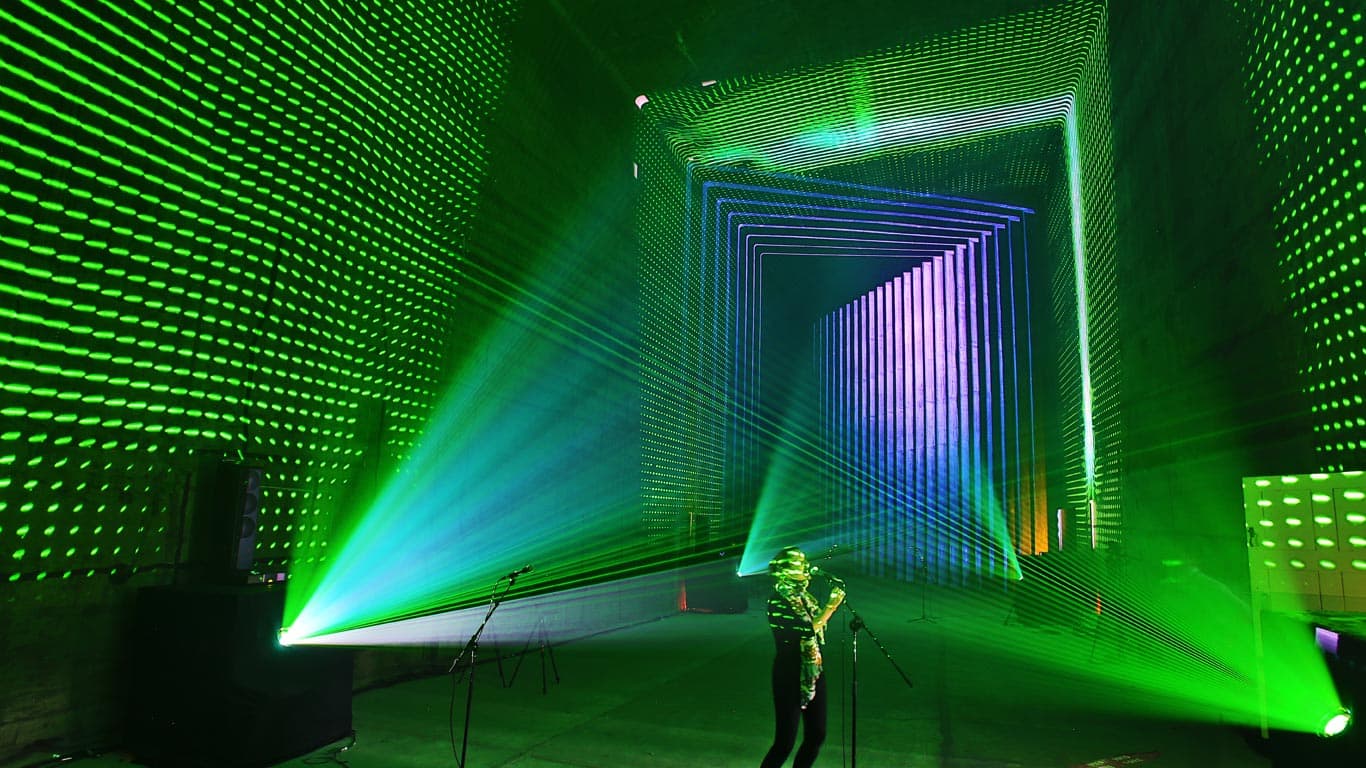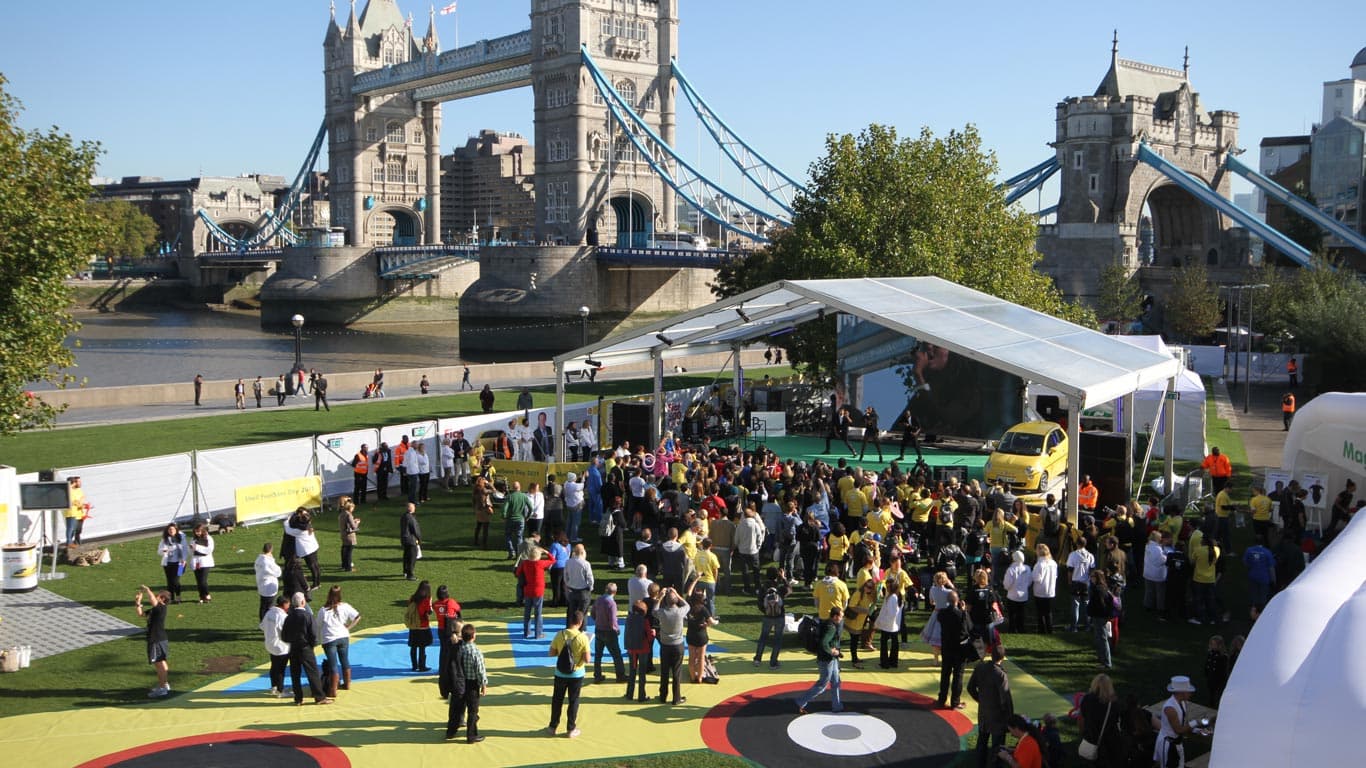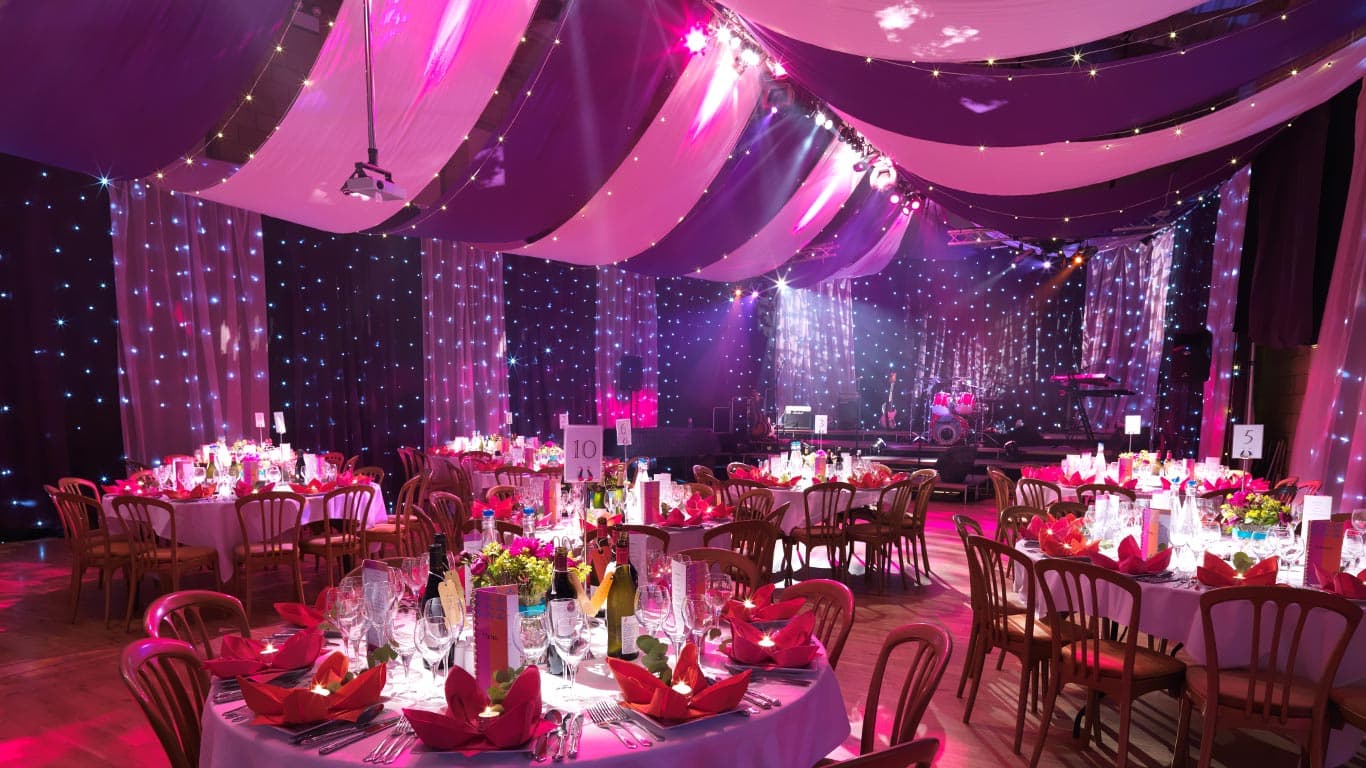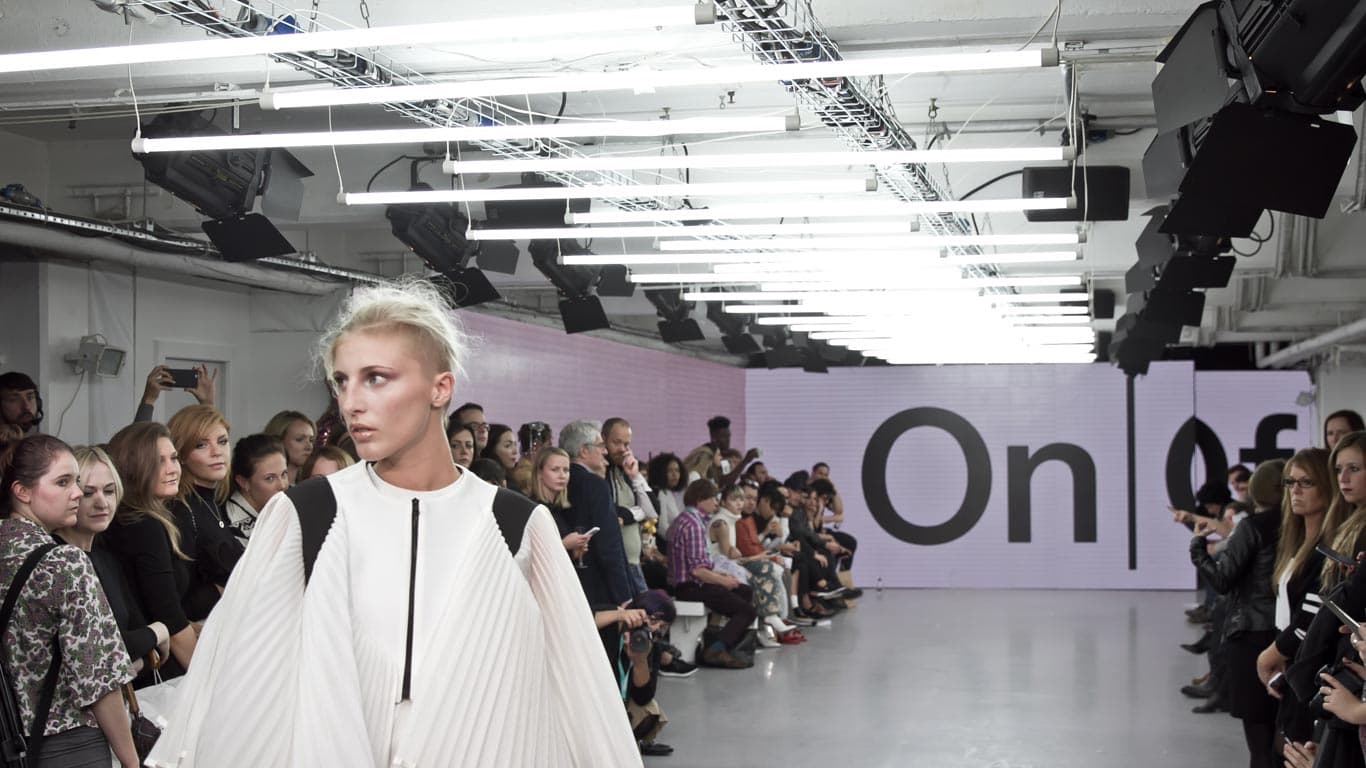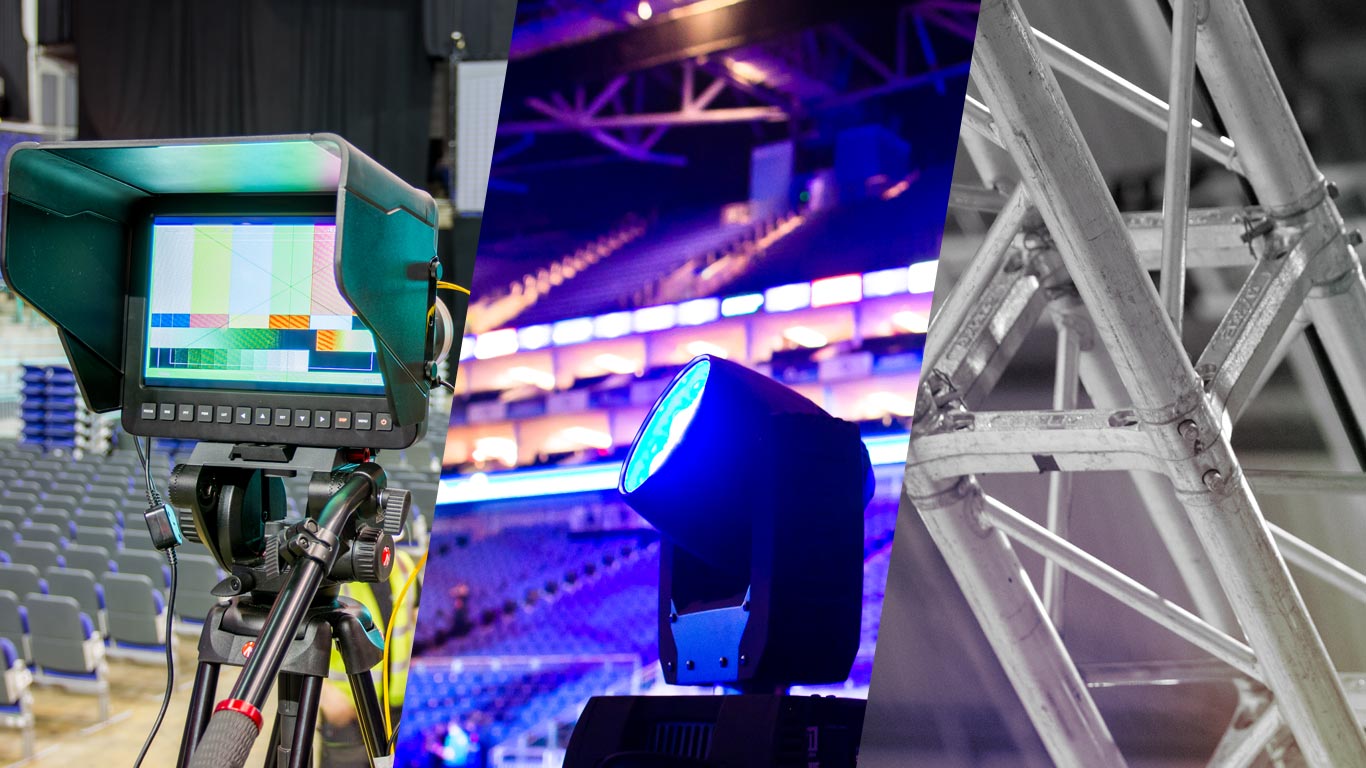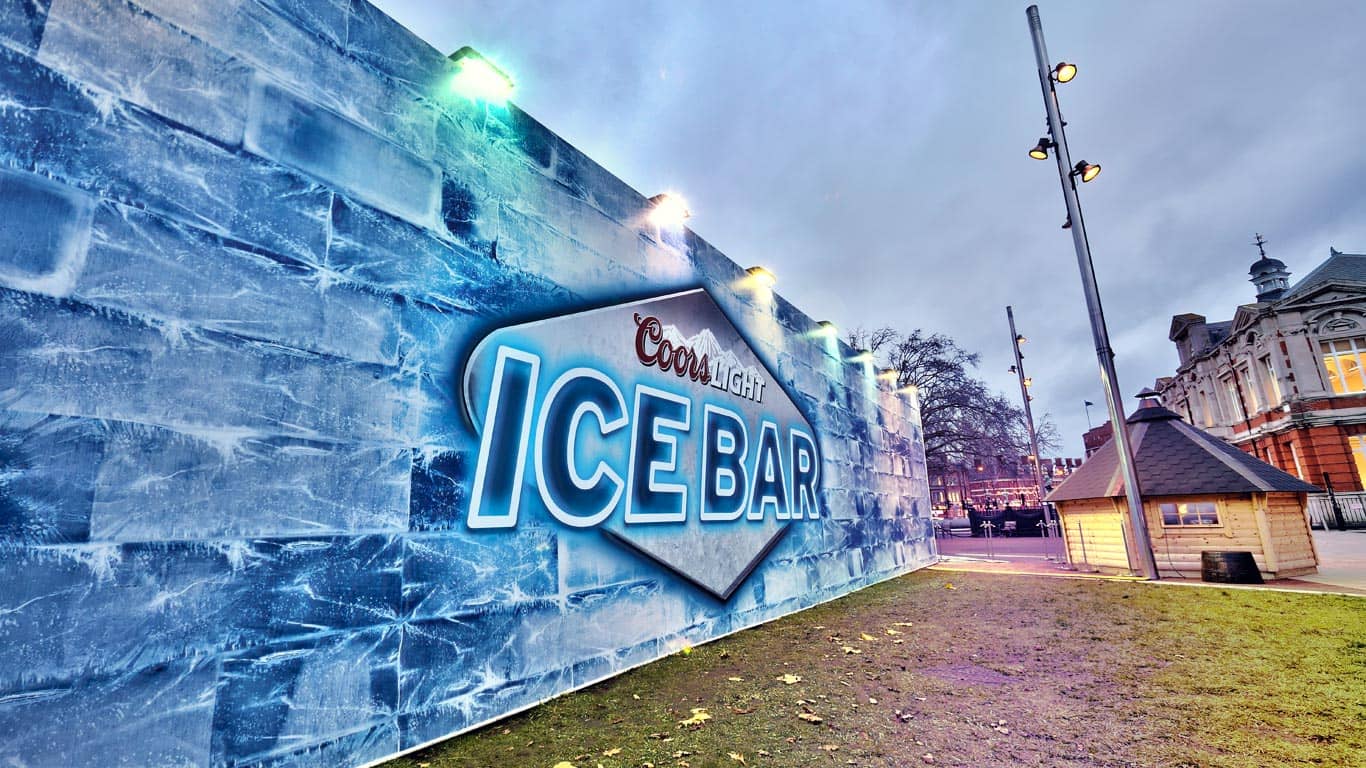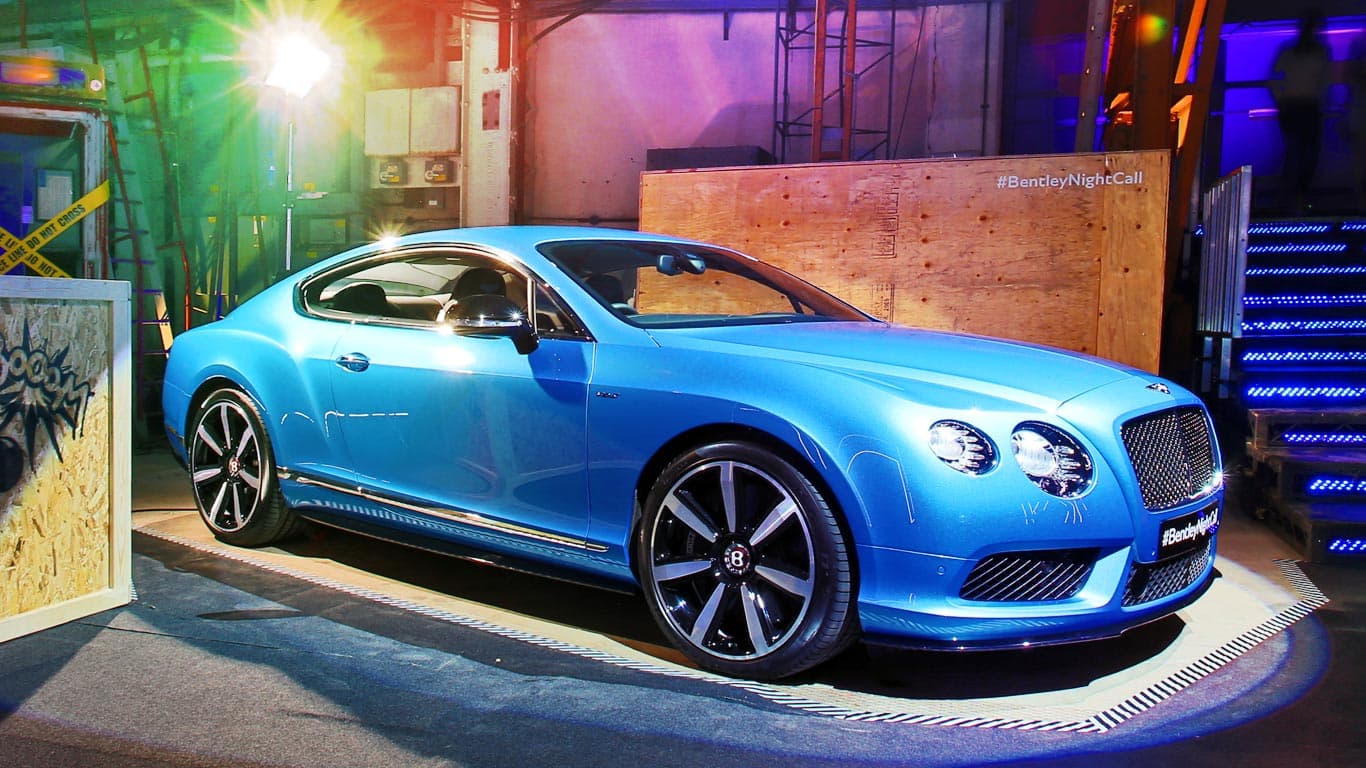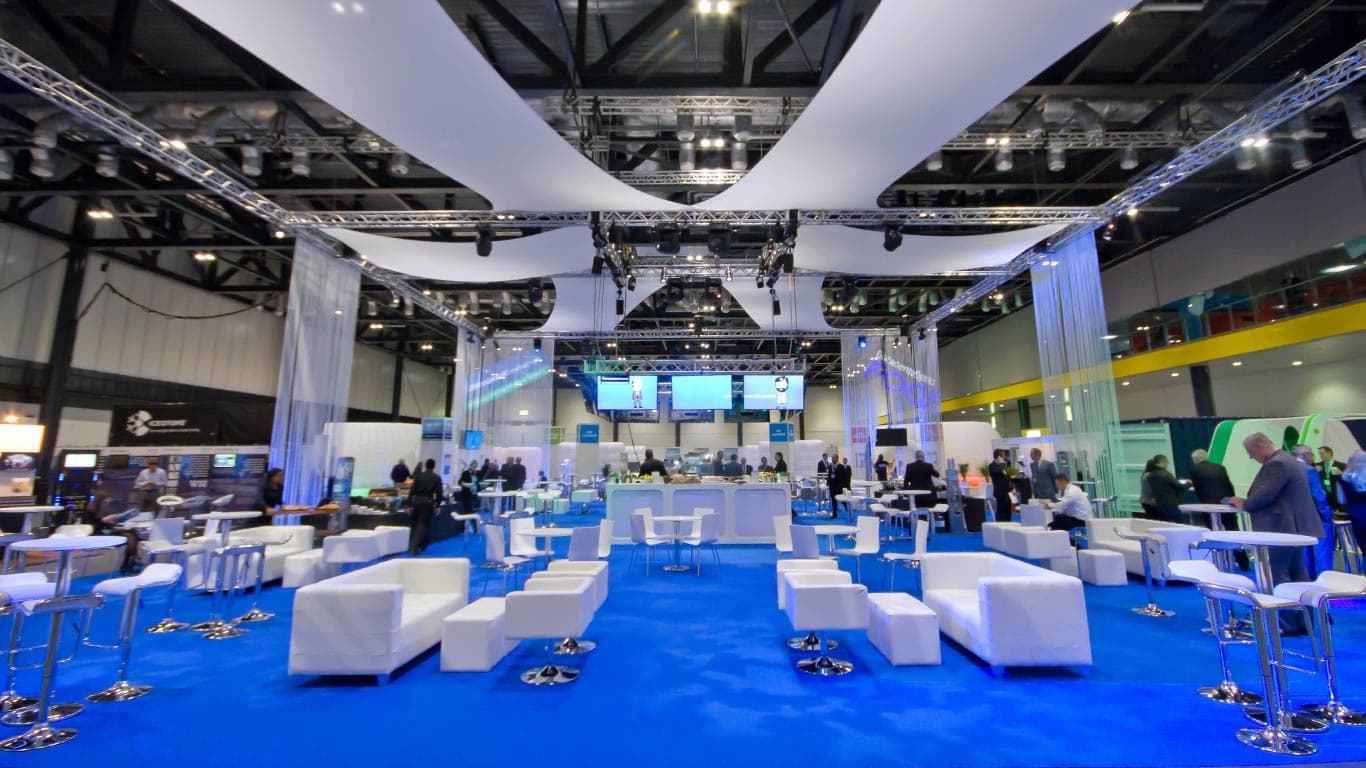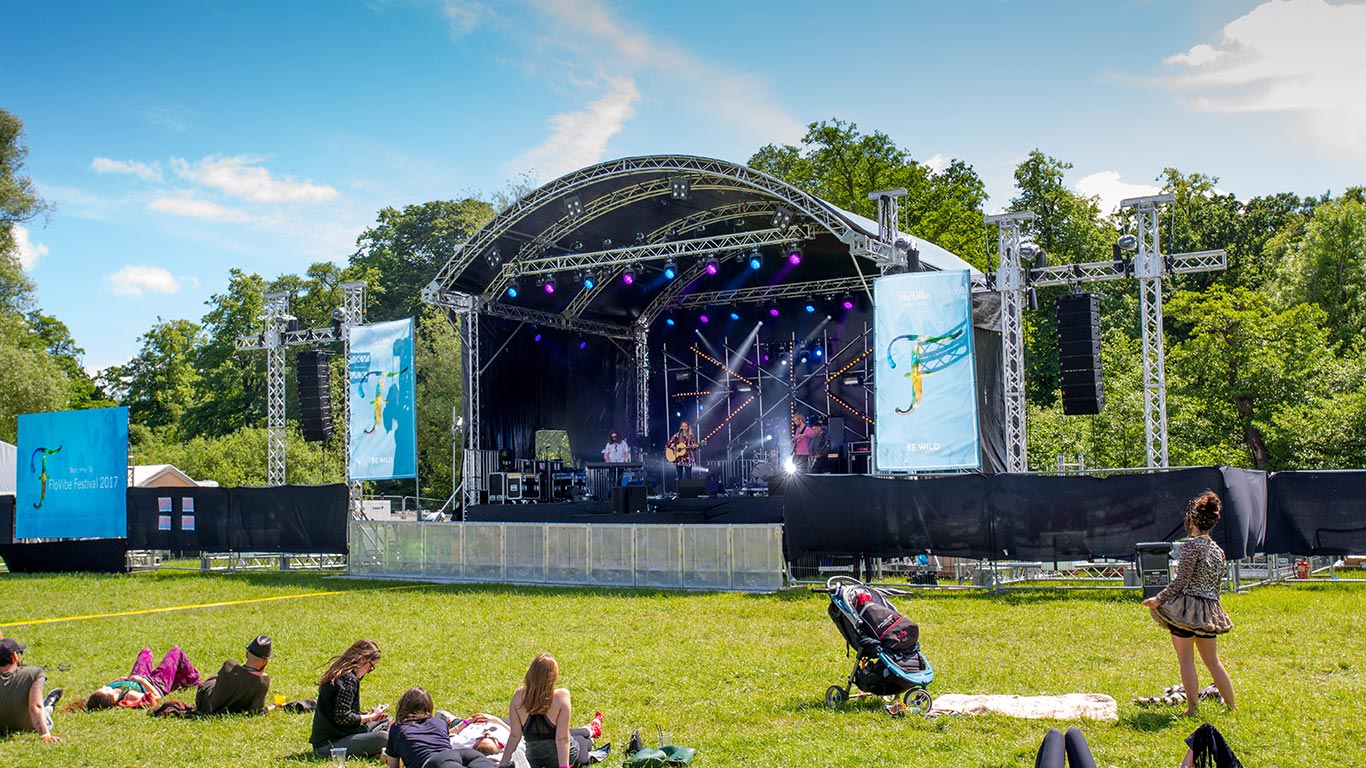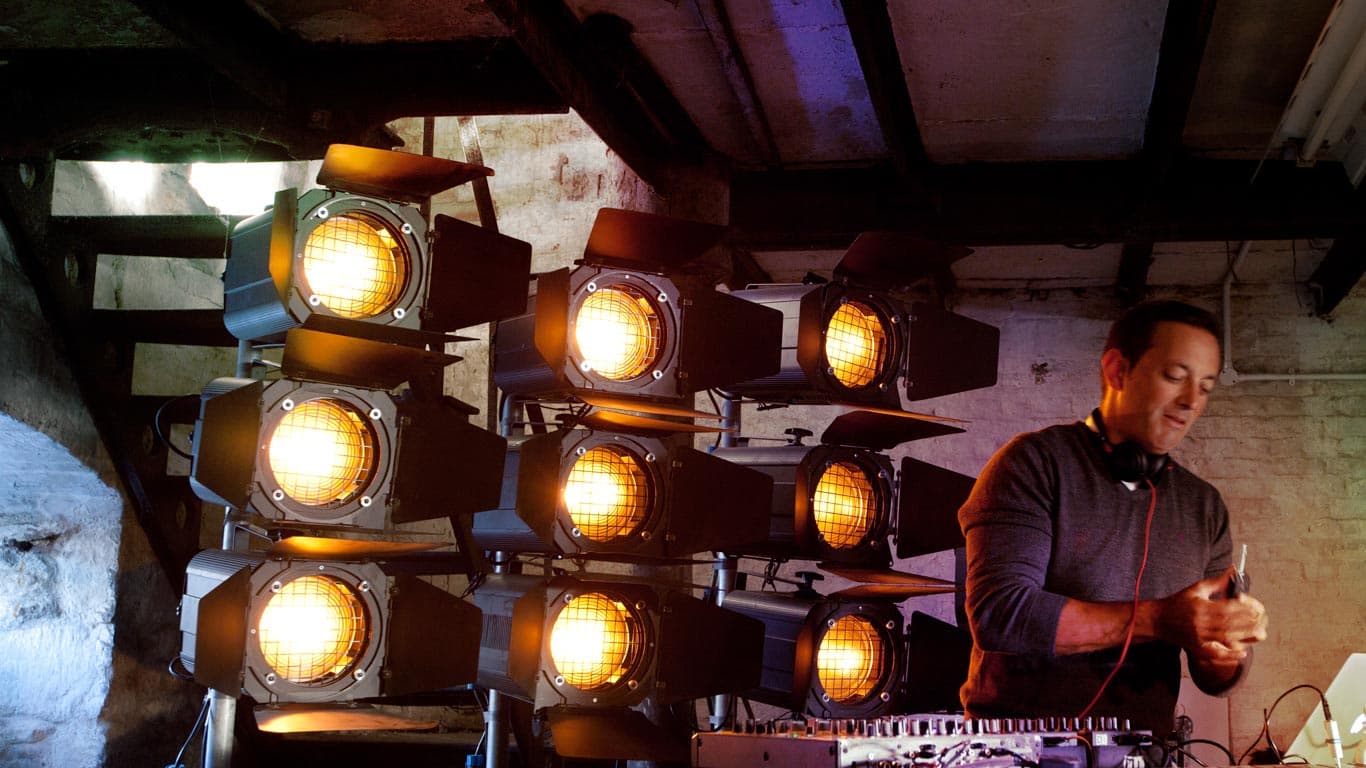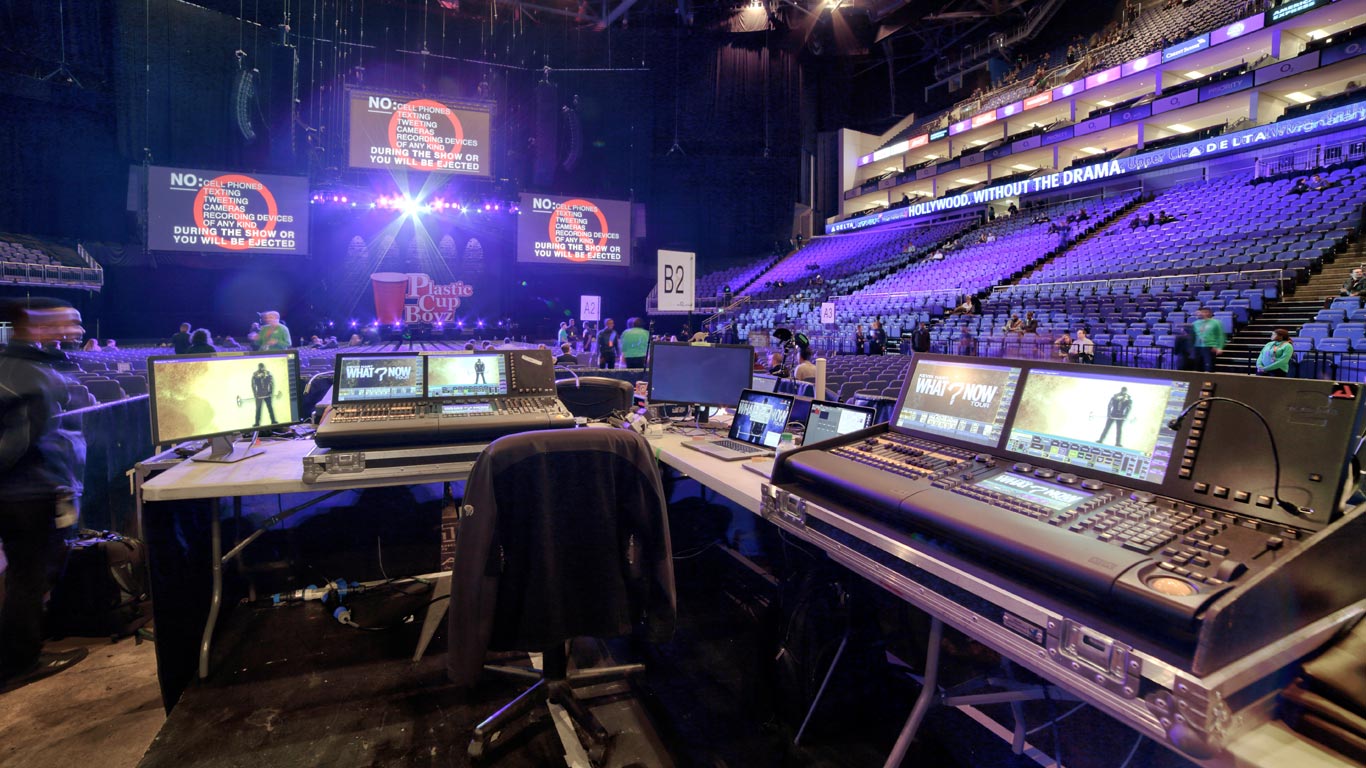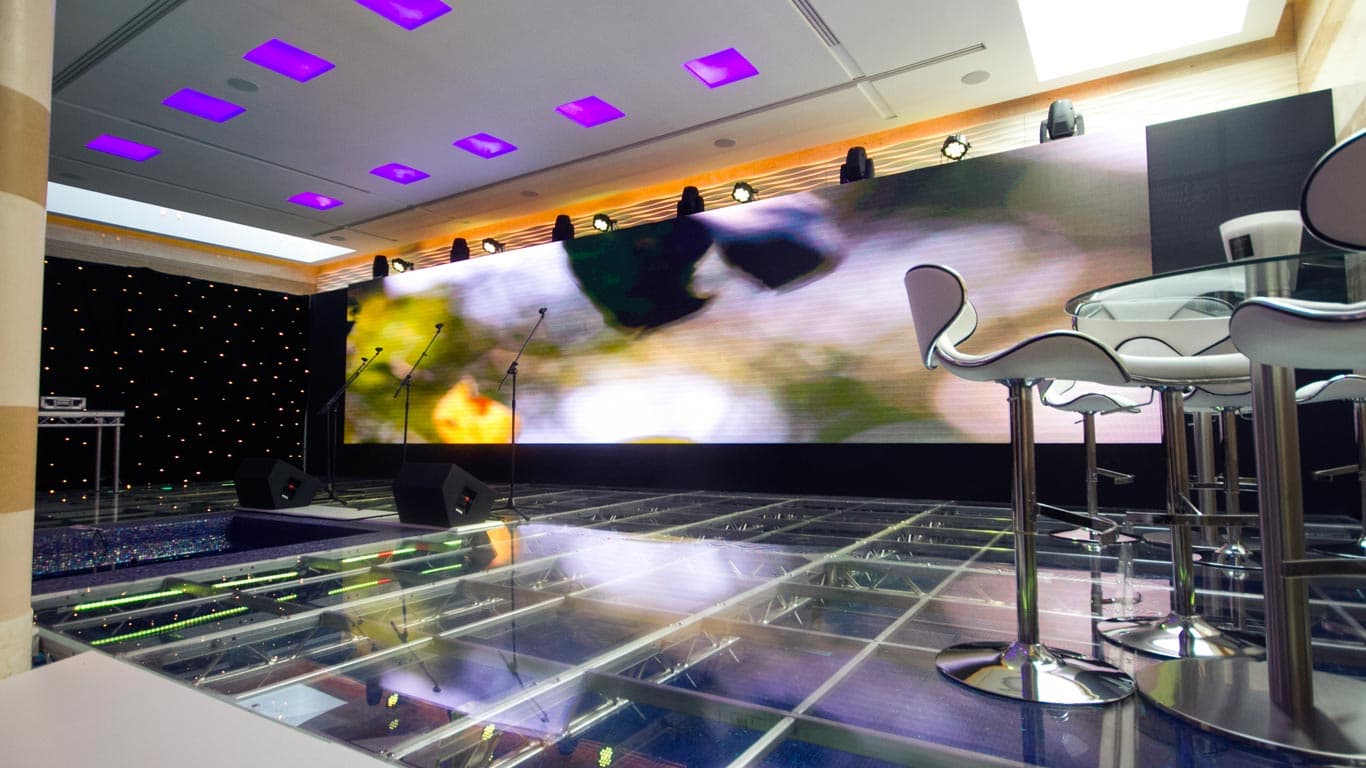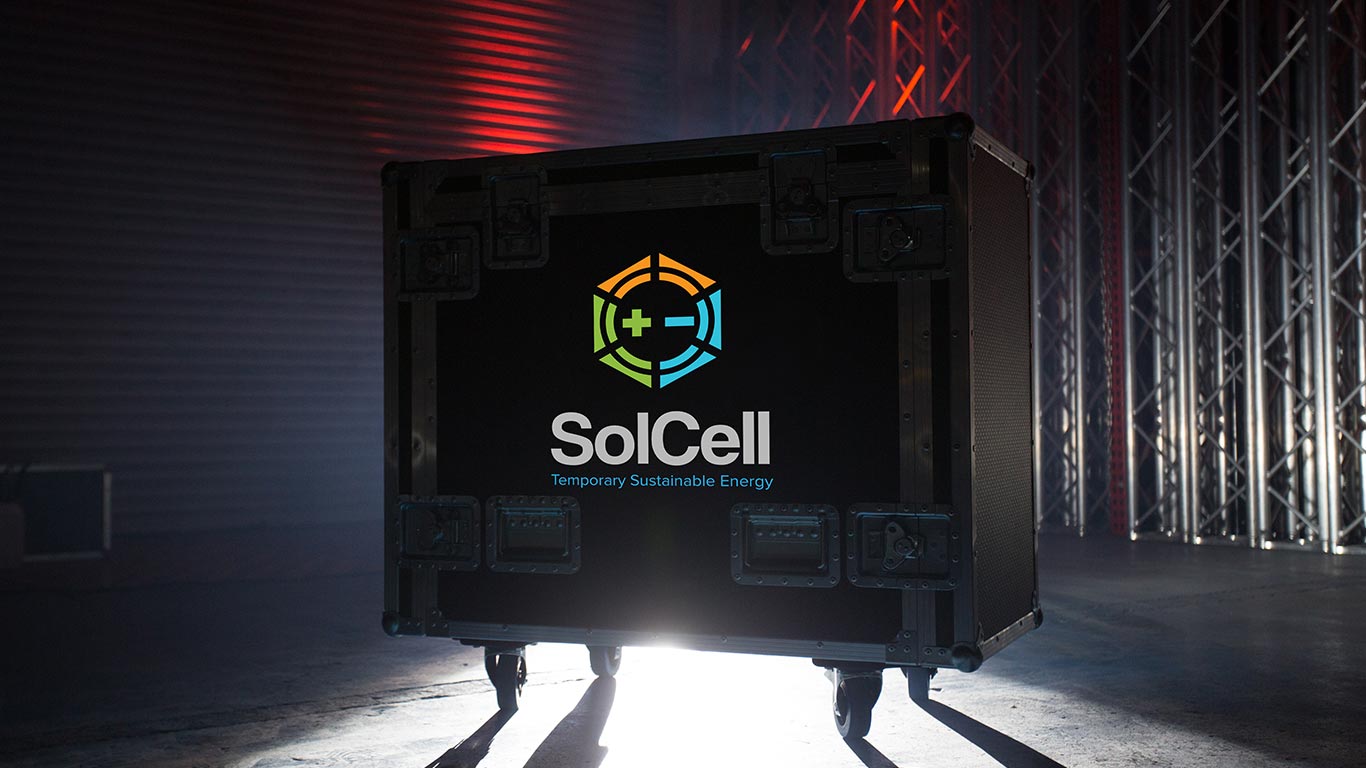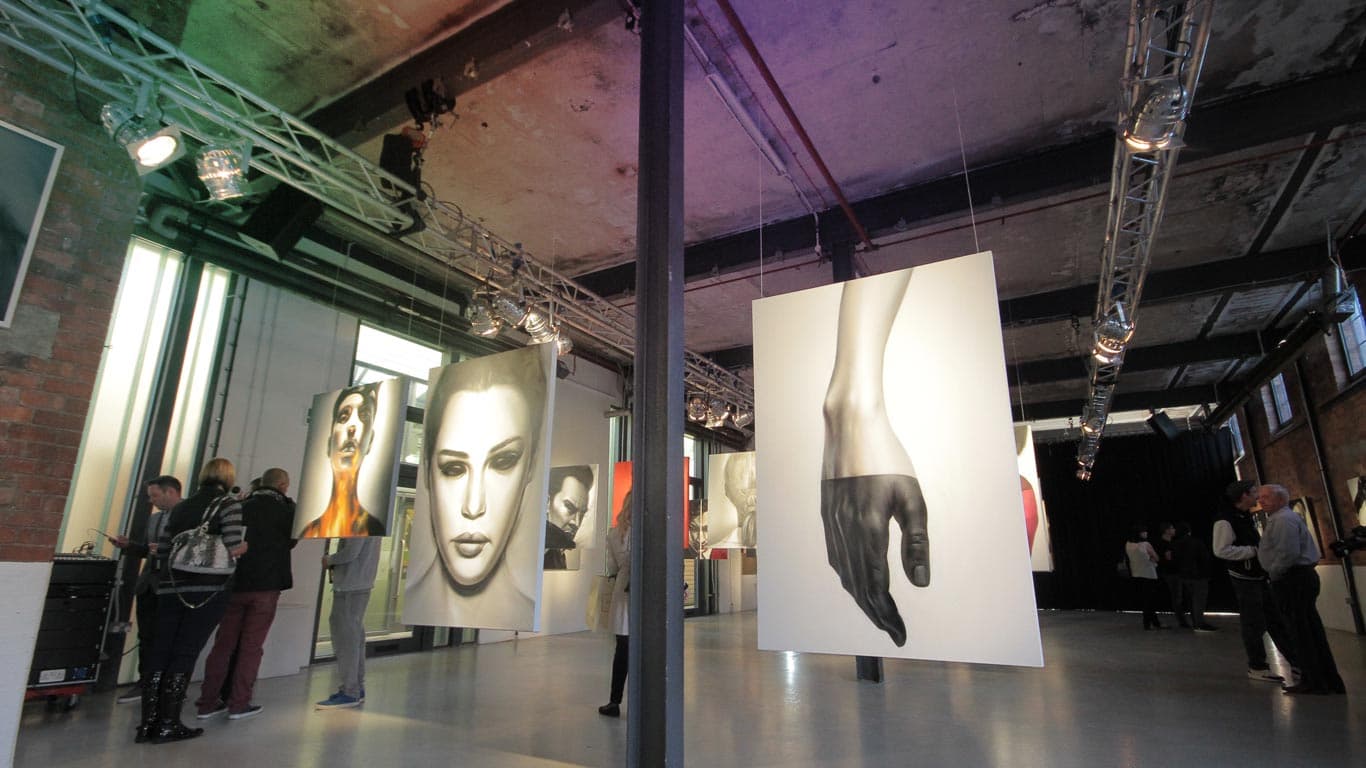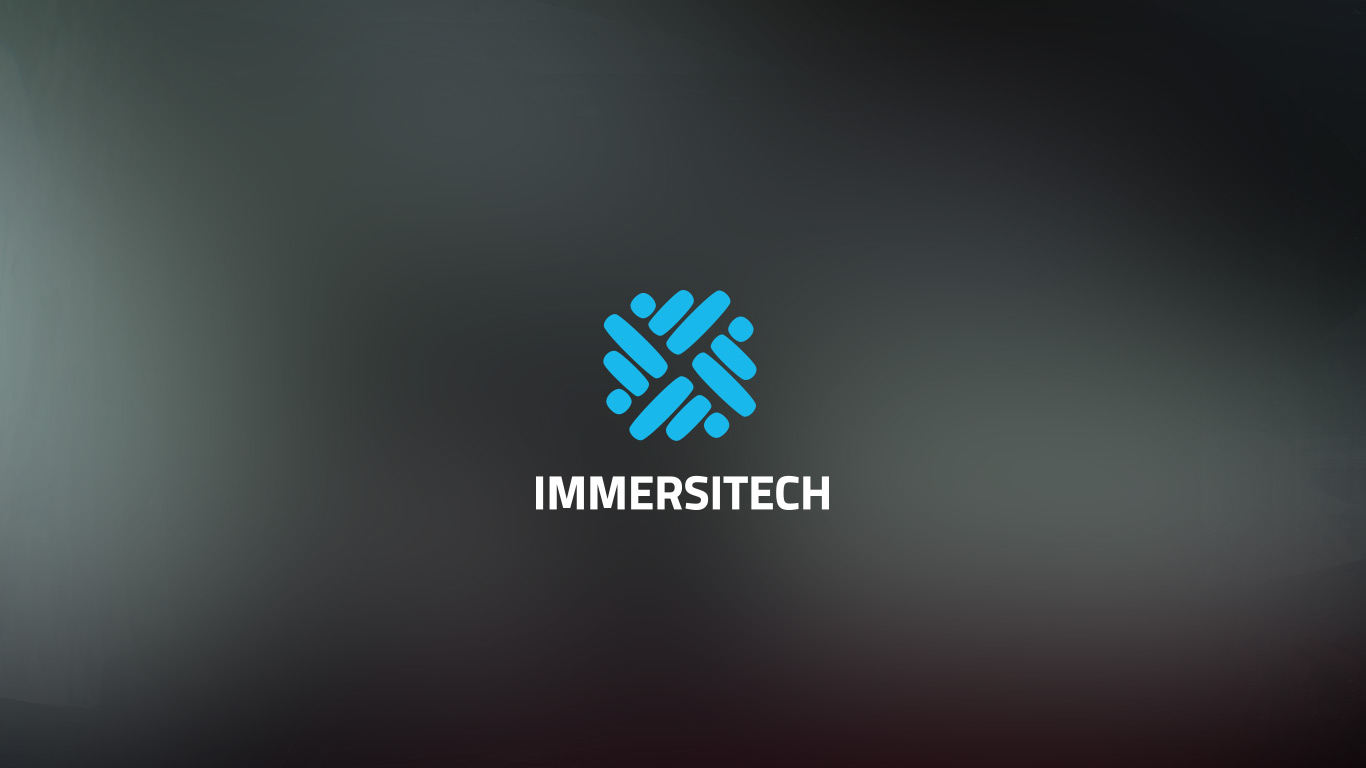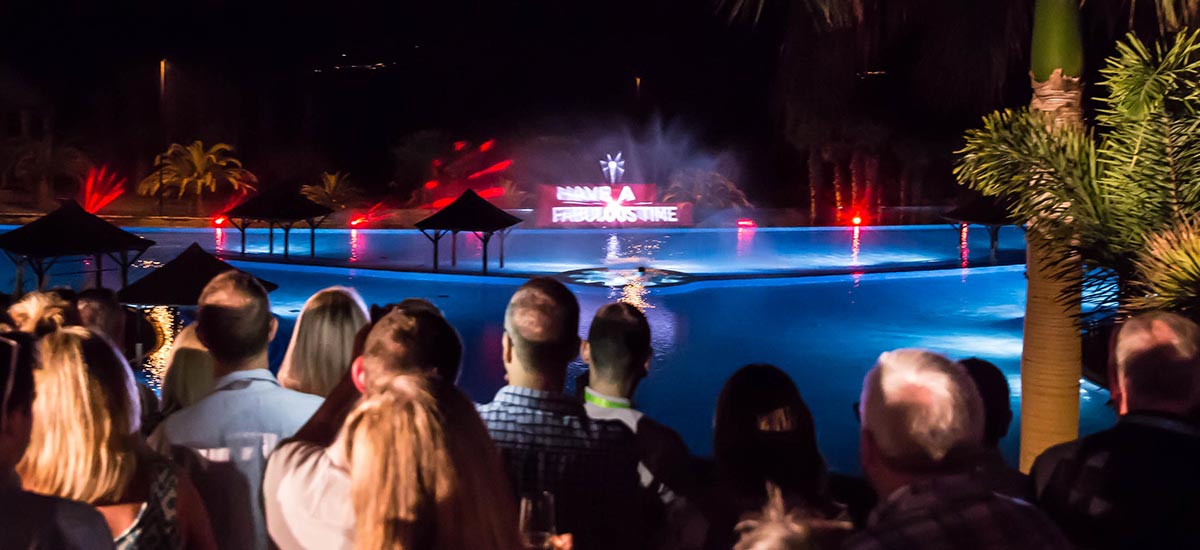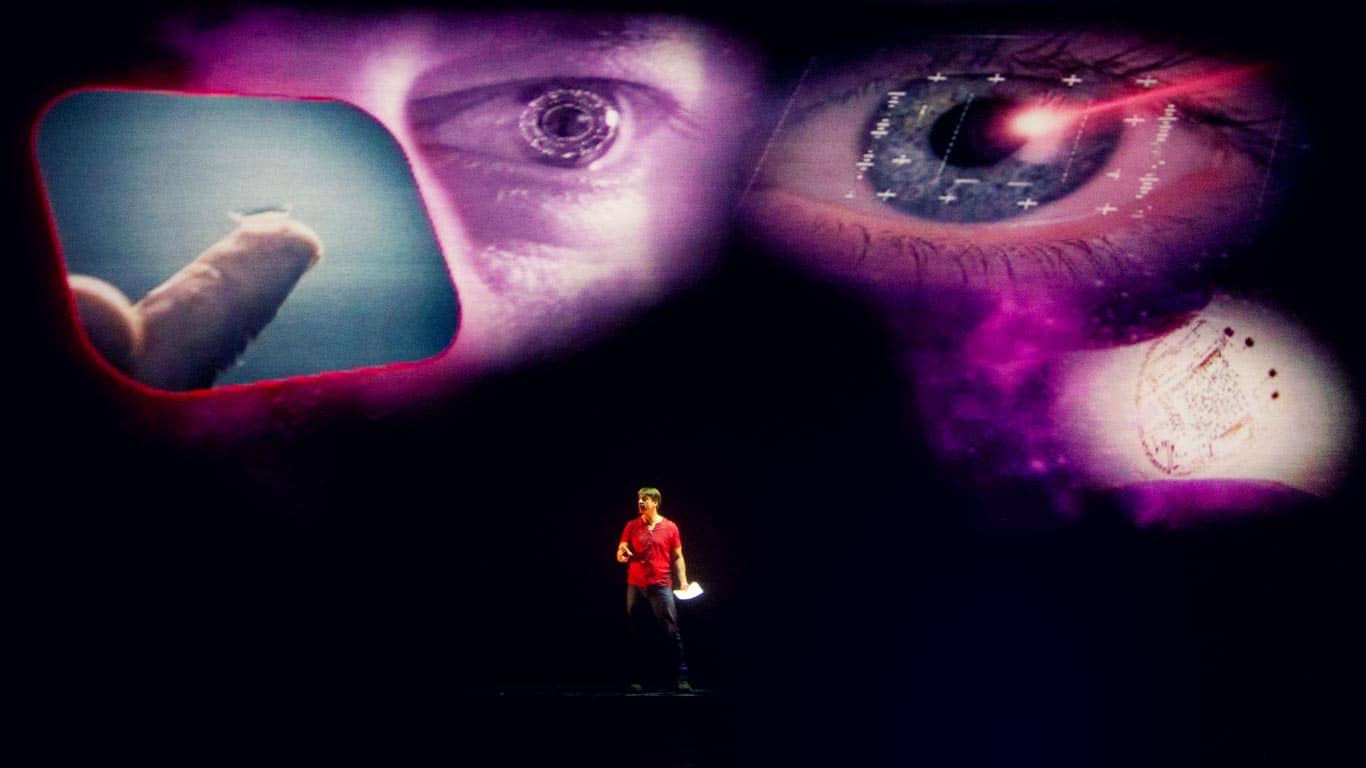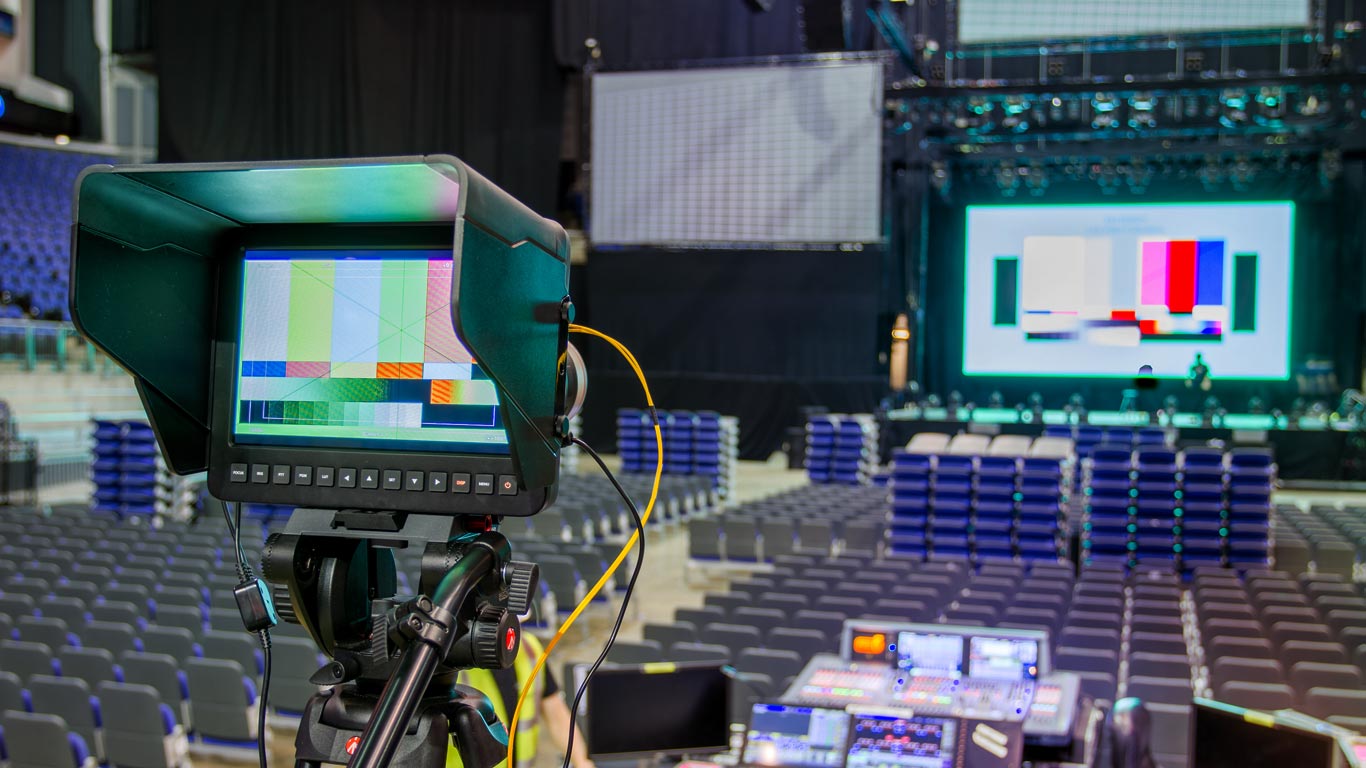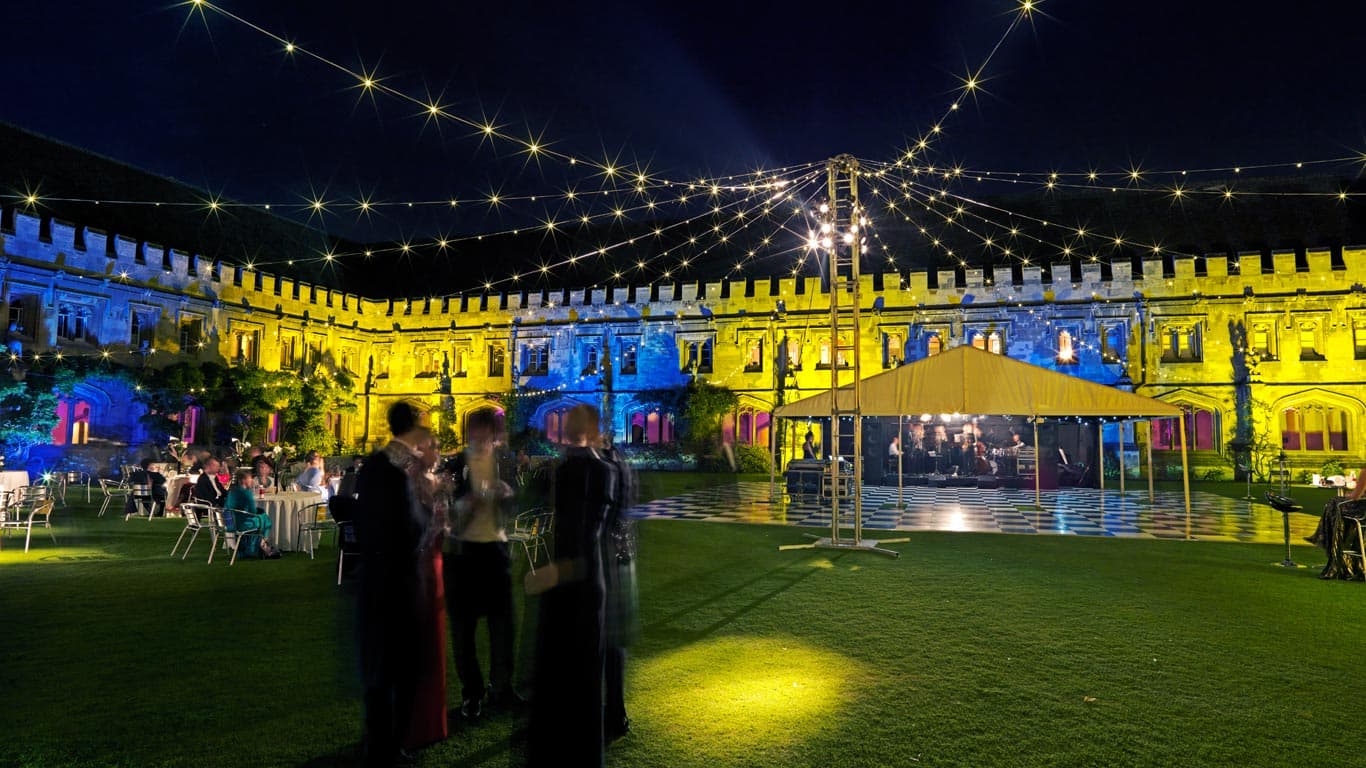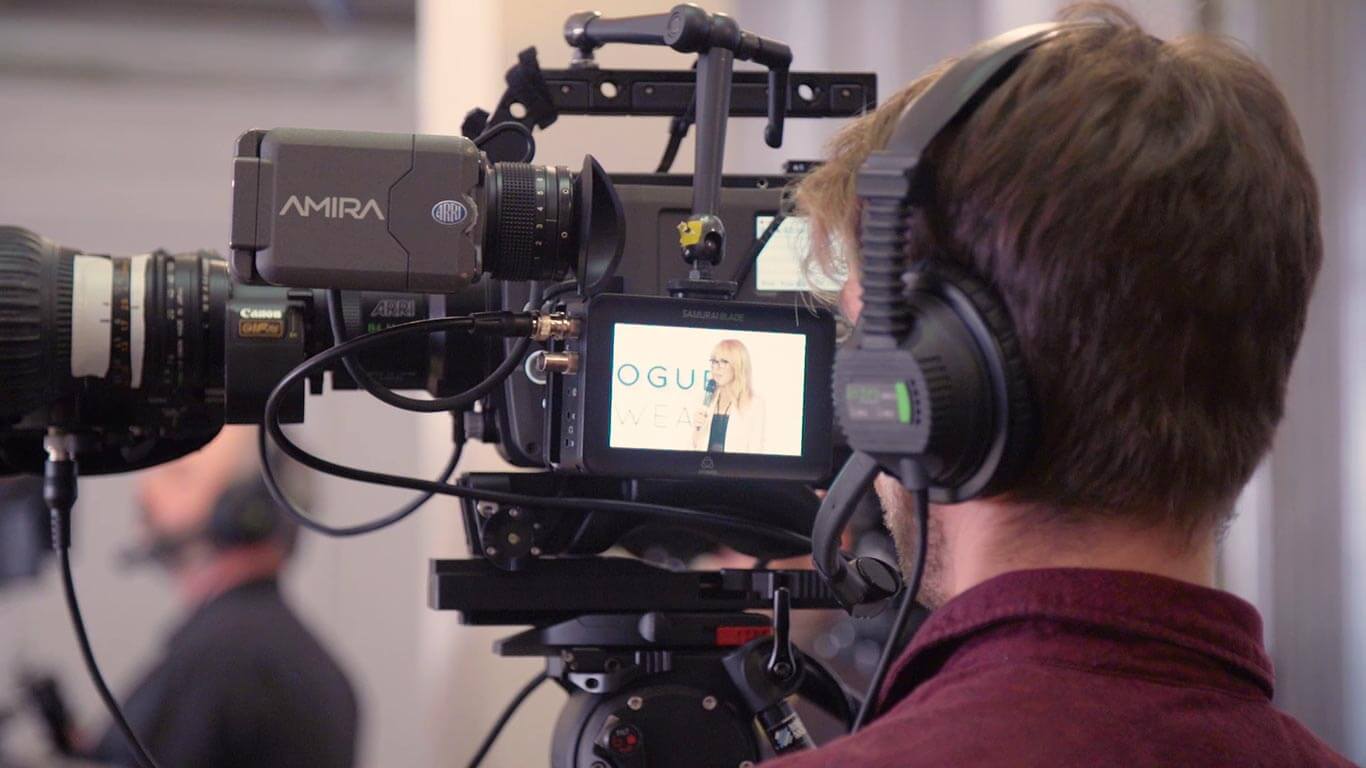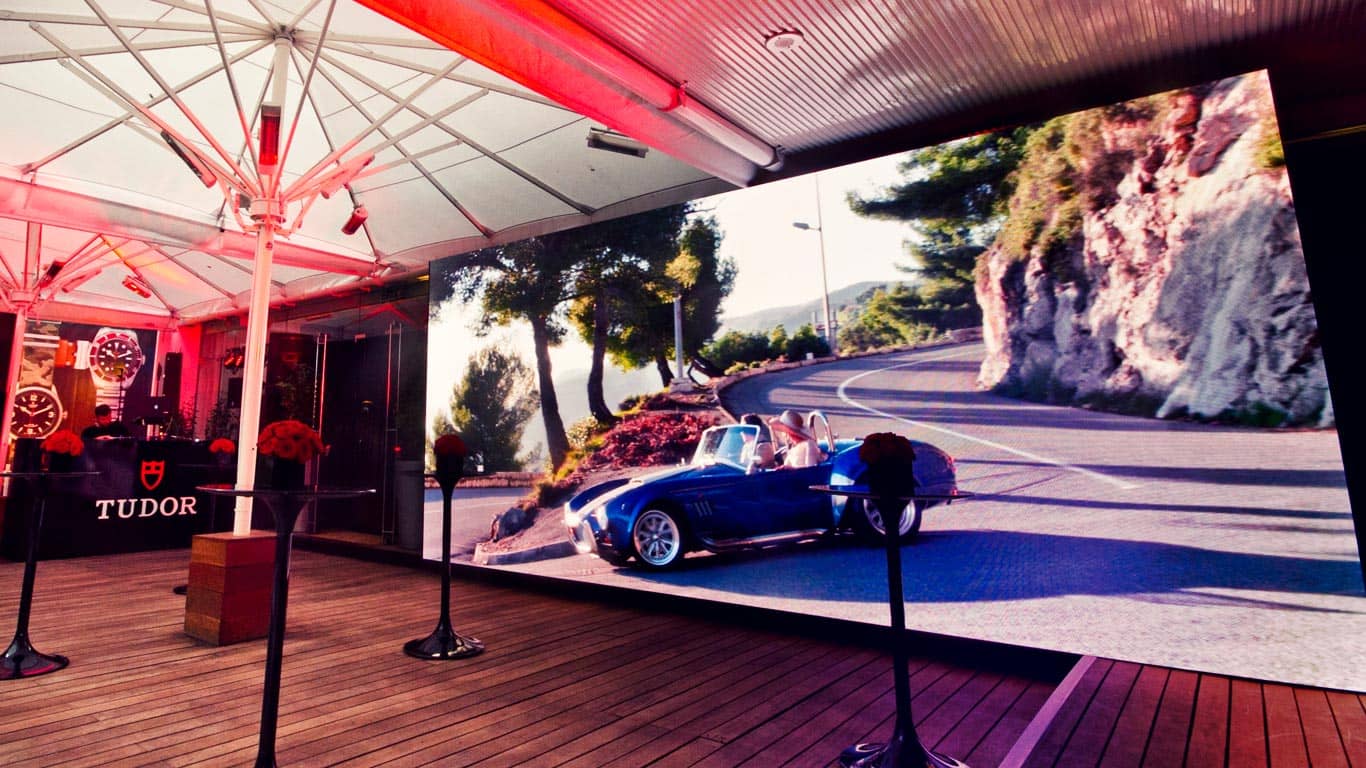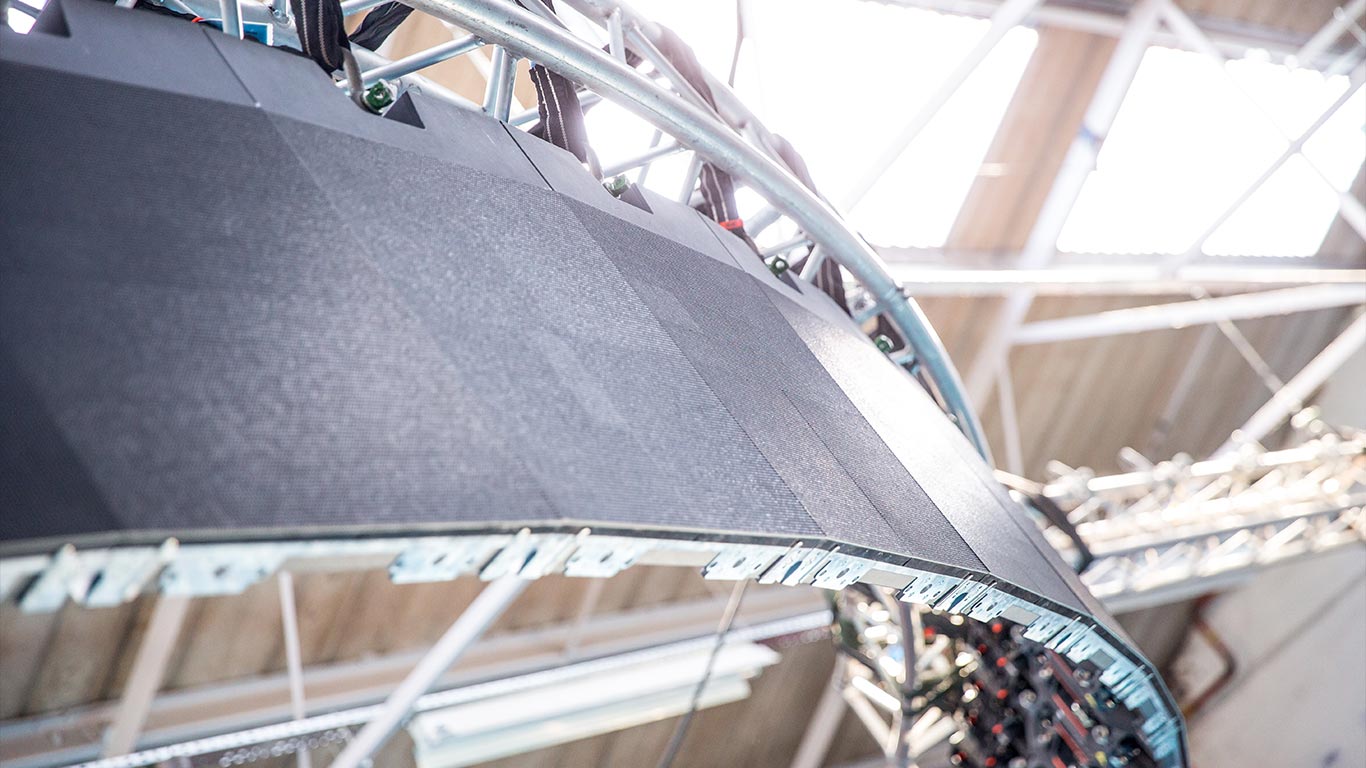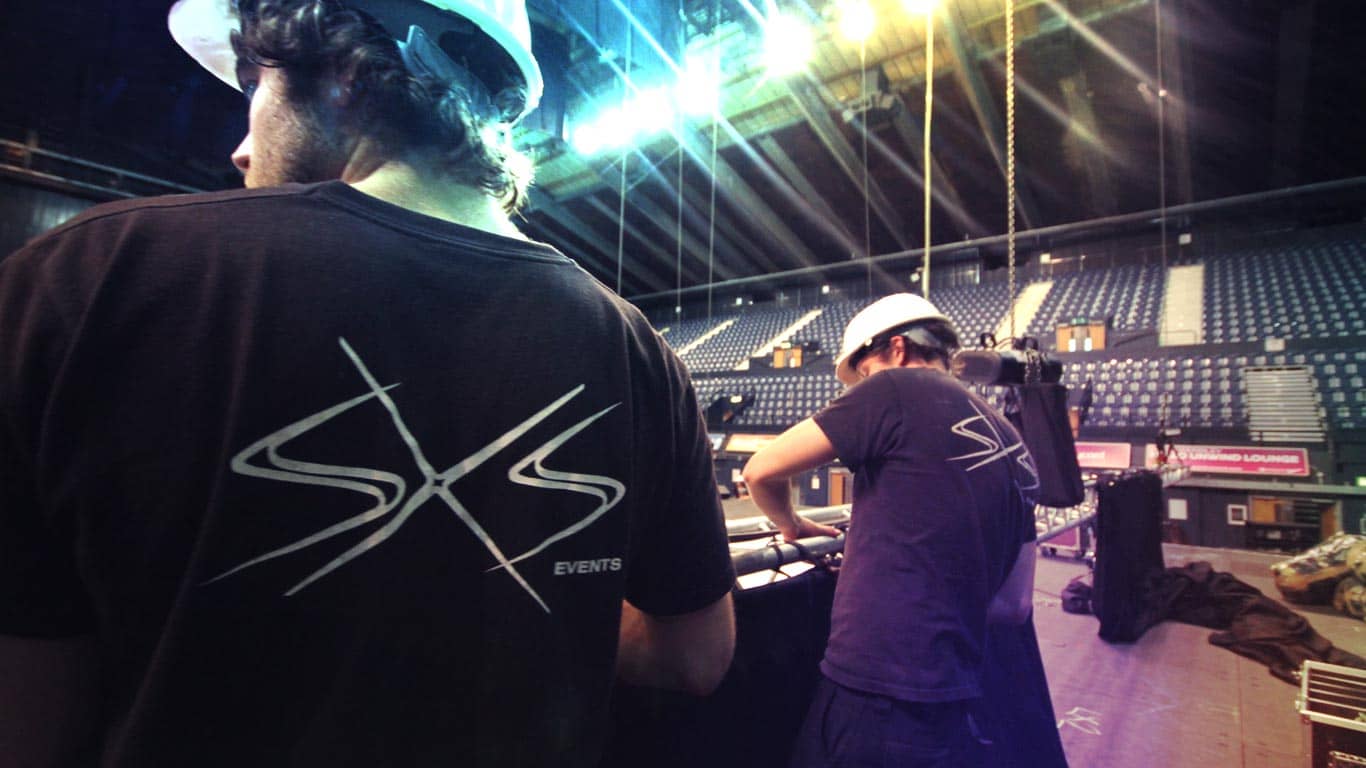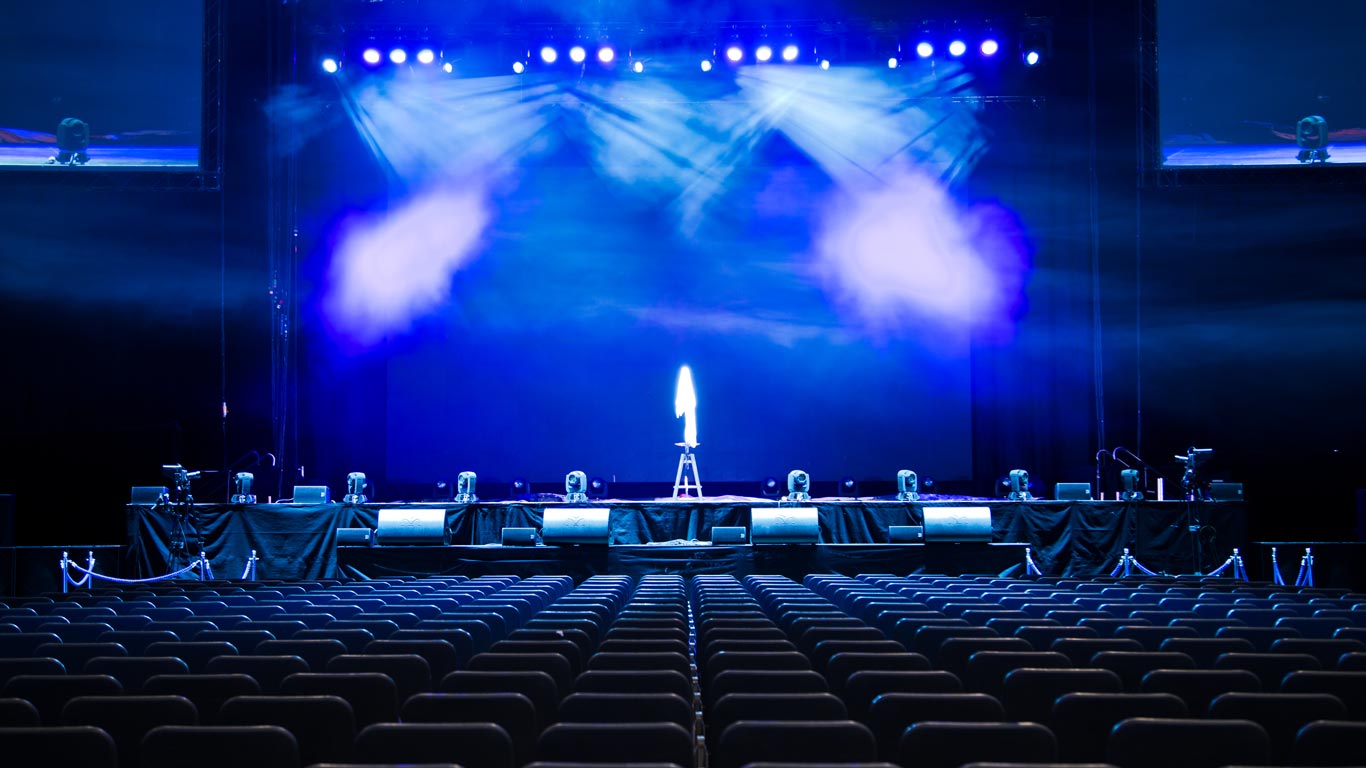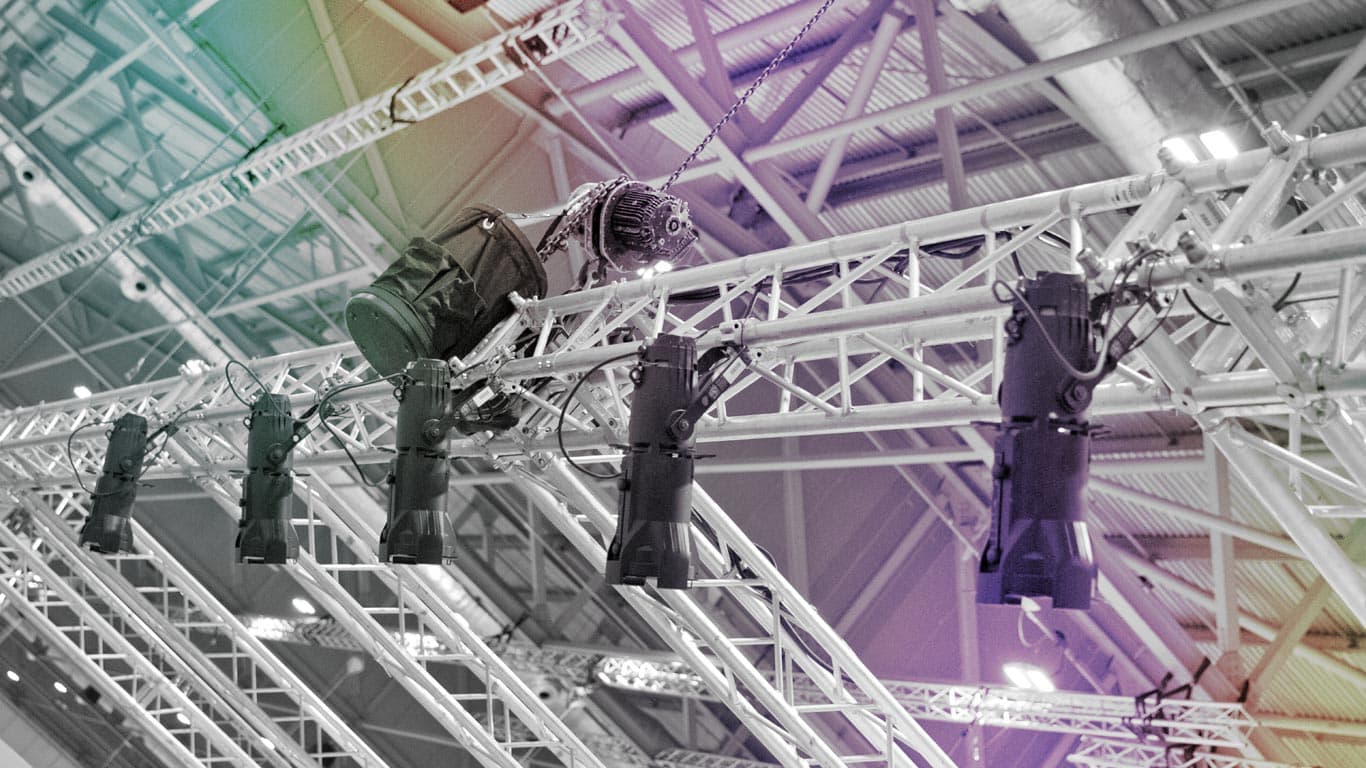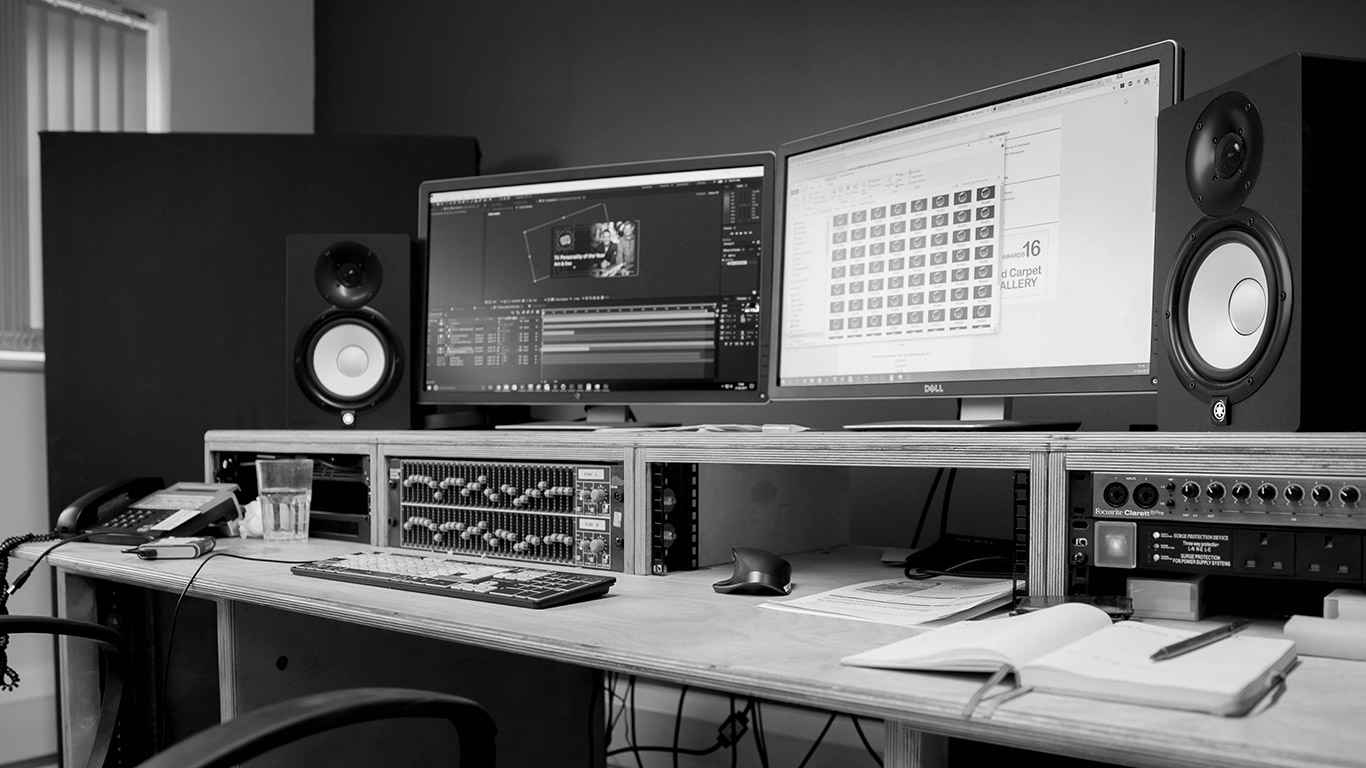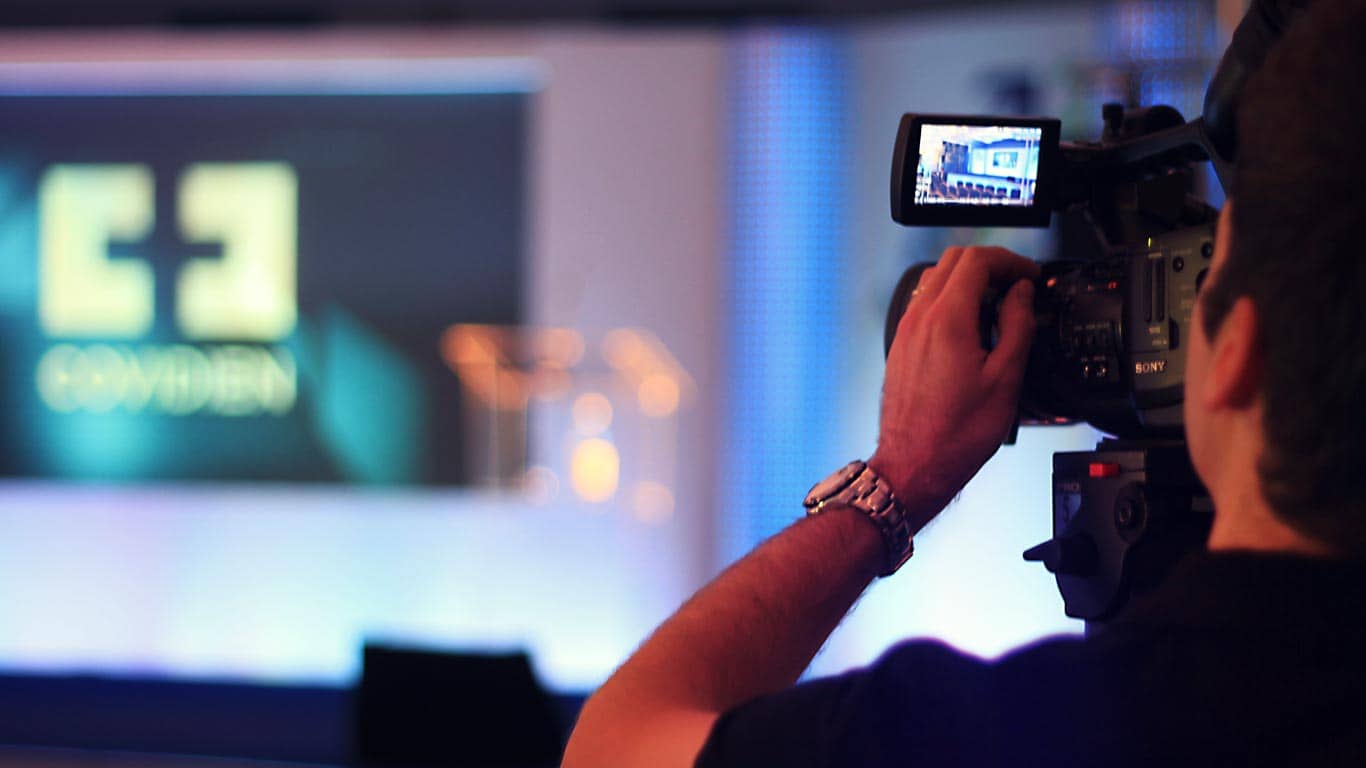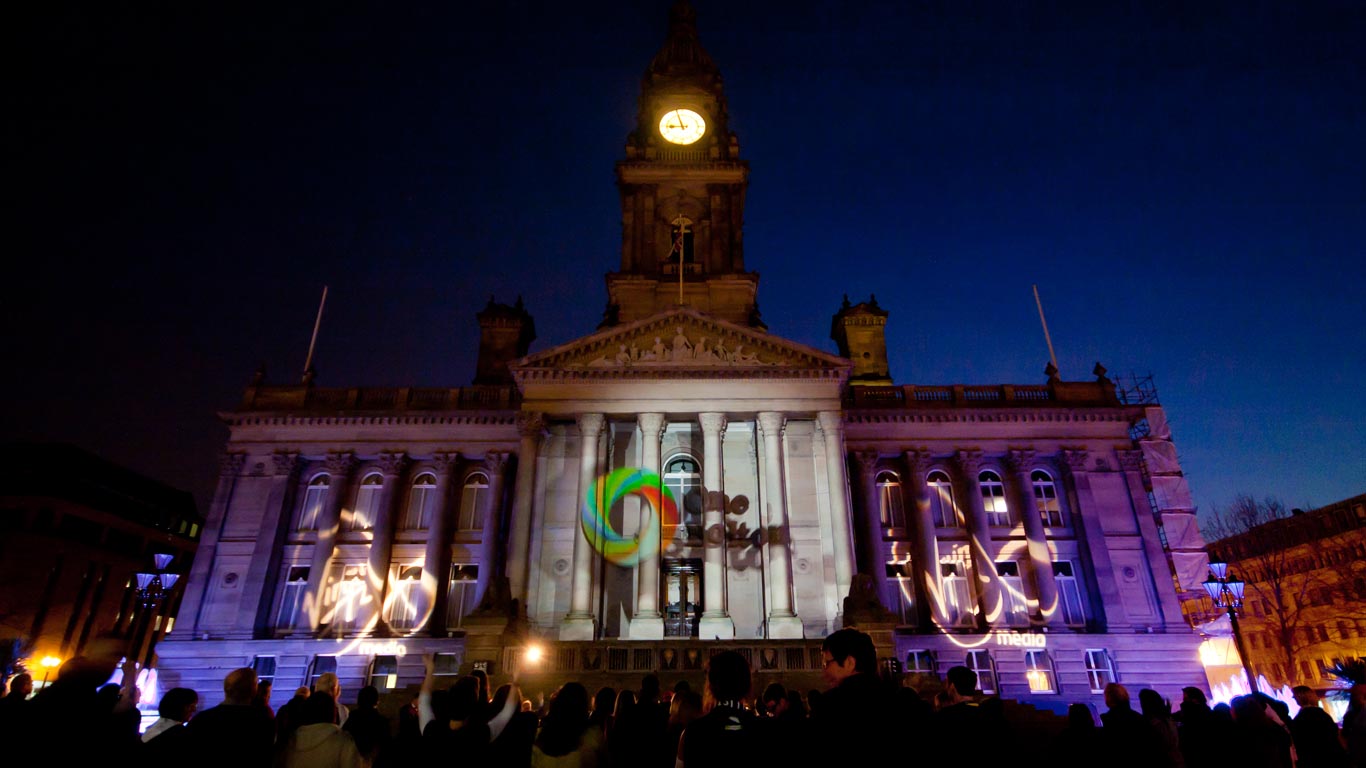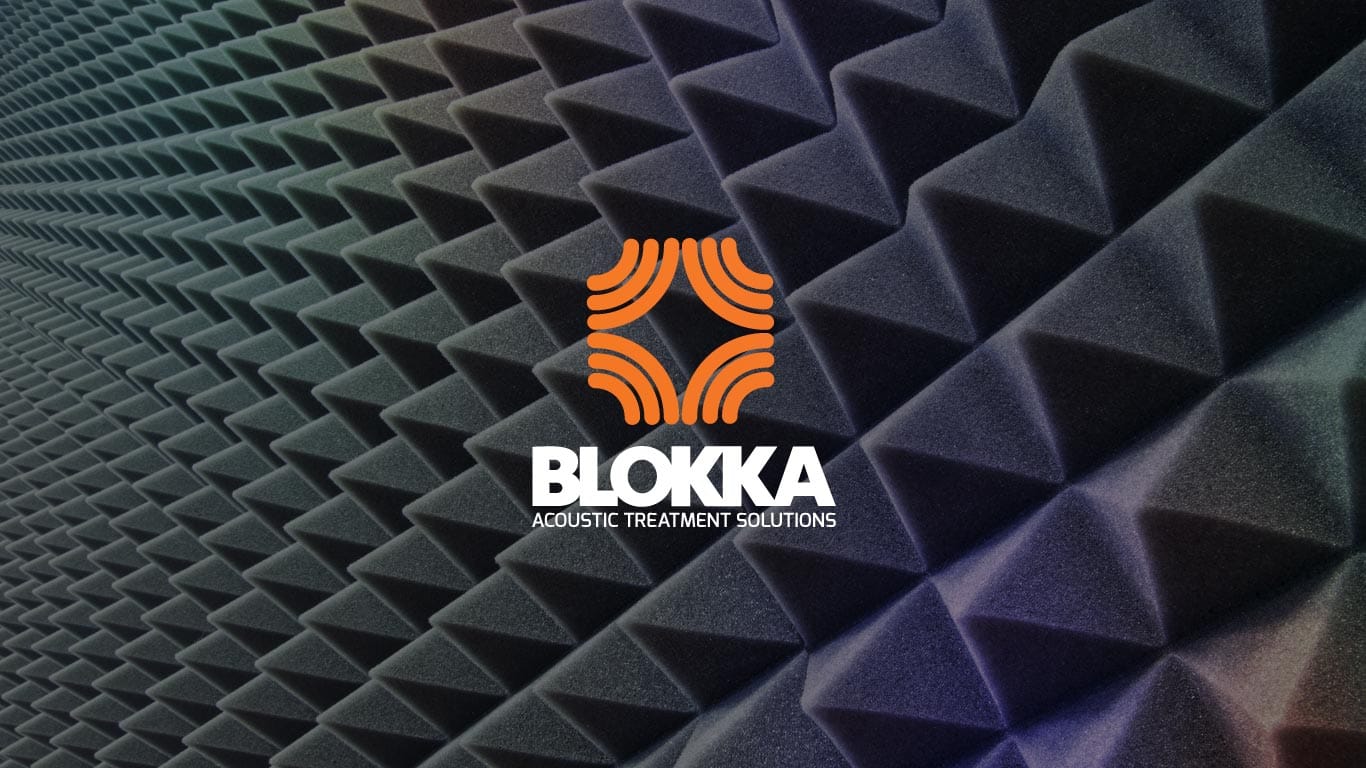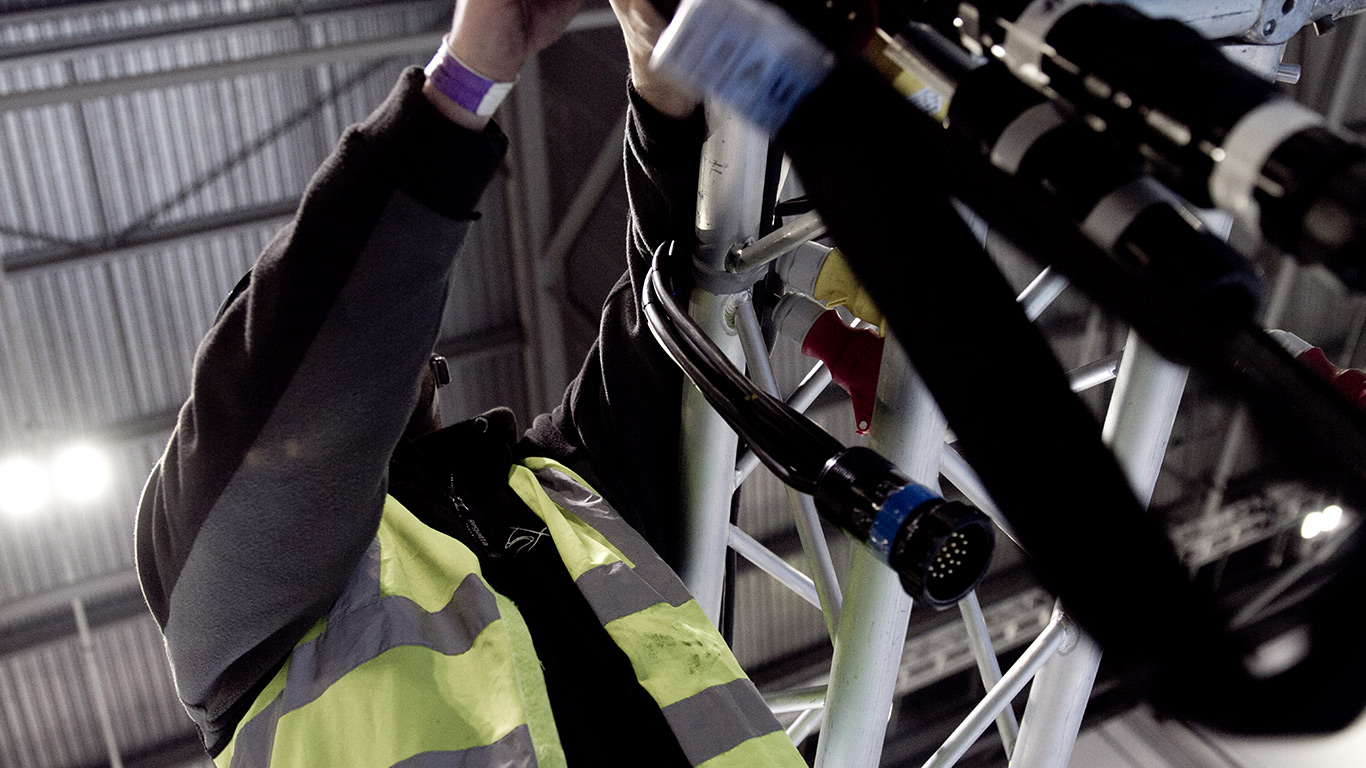Guide to Architectural Lighting for Outdoor Events
Architectural Lighting is a great way of grabbing the attention of the public, adding a special feel to an event, or depicting a brand in a new light.
With Christmas parties and seasonal brand activity fast approaching, more people are looking at exciting ways of enhancing their events. This article has been written for PR, Marketing and Events agencies to give some guidance on the basic techniques that may be used, their benefits and limitations.
Colour Washes
Colour washes are some of the simplest and most cost effective way of making a big impact. This is a good technique if you want to get a brand colour across very effectively. This technique is also good for themed events, as well as a way of drawing attention to a building. Typically this will be done using high-powered outdoor flood lights.
The flood lights will usually have a white light source which can be changed with colour gels to suit the event. There are over 300 colours available for this purpose. However, it is worth pointing out that an exact pantone reference is often not possible to achieve. Also, because of how our eyes adjust to coloured sources of light, some people may perceive a light colour different from another. So if you are working to a client brief it is wise to let them know that you can achieve a "near-match" with colours to ensure you satisfy the client's expectations.
Other lighting fixtures can also allow for colour changing. This is done either by computer controlled stepper-motors which involves moving diachronic glass filters in front of the light source, or with the use of LED lighting. Both methods have their benefits. LED is very power-efficient but limited with the possibilities of colour matches. The stepper-motor controlled units are typically much brighter (often having up to an 1800watt lamp) so are better for larger projects. However these have considerable power demands and, due to their moving parts, require a higher level of maintenance, which makes them less suitable for longer periods (i.e. over a week of continuous usage).
Key advice:
- ensure clients know that colour matches are not perfect
- establish for how long the client wants the effect to last
- understand what the core motivation of the lighting is - Brand image? A feature? To depict a brand?
- think about what you want to light up and if there are any particular features of a building you would like to highlight.
Gobo Projection
Gobo projection is a popular way of showing a basic message or logo at an event or during experiential activity.
A "gobo" is a piece of metal of glass that has had the shapes of a logo, word or other shape cut out of it. The gobo is then inserted into a specific type of light that projects this shape onto the desired surface.
"Gobo" originally stood for "Goes Before Optics".
Depending on the type, beam angle and power of light used, this form of projection can be used to create large images, small images, and projections over long distances. Typical examples could include projecting a 2m wide image onto the floor of a venue, projecting a 10m wide image onto the front of a building, or using a moving projection around a pedestrian area.
The lighting fixtures used for this projection can be put into two categories:
Generic - these are lights that simply project the image on a "static" basis – i.e. they do not move, or change in any way, but stay in the focussed position. These are great for simple, low-budget activity where simplicity is needed
Intelligent - these are lights that allow for the image to rotate, move around, change colour and multiply (using prisms). These are perfect when you want to grab the attention of your target audience, such as pedestrian areas.
Key advice:
- The level of detail with gobos can be limited because they are often quite small and laser cut. Ten letters is maximum
- Projection size and projection distance are key factors to consider.
- Establish if your client is requiring movement and colour changing or whether the projection is "static"
- Think about where the lighting fixture will be placed. If possible it would be under cover and with a clear line of sight to the projection surface.
Video Projection
In recent years, video projection quality and brightness have improved enormously, and the cost has dropped. This means it is now feasible to project large images onto buildings. This is an exciting and fresh medium for depicting a brand message, event theme or advertisement. Luckily, the method has not been overused and people are not yet bored by the concept.
Any media content can be projected by using high-powered video projectors. Also, by using the correct software, a range of different media can be used in succession. Typical content could be video, still images, live feeds, or even interactive Java and Flash content. The best way to think about this is that "if you can get it on your computer screen, you can project it".
Despite this, it is important to remember that perfect projection surfaces do not really exist by chance. Most buildings have features that jut out, most walls have uneven rendering etc. It is important that clients understand that these limitations require compromise. Because of this, content should be bold and simple; consequently unwanted obstructions will be less intrusive to the projection.
However, sometimes building features can form an integral part of the projection. Using methods of "mapping" and "masking" allow for content to appear to sit on certain parts of a building. This requires considerable pre-production and higher cost, but can often be worth it.
Key things to know:
- Help clients to understand the limitations of obstructions on buildings, and also consider the potential creative benefits of the same.
- Be aware of the huge benefits gained by the fact that any content can be shown
- Remember that ambient light (street lights, traffic lights etc.) will have a considerable impact on the perceived brightness of the projection
- Avoid dark walls! These soak up the light from the projector and can render many projections ineffective.
Factors to consider - Space and Distance:
All architectural lighting techniques will require some space in front of the building, as well space to set up the equipment. Most lighting on the facade of a building will require most light to come from as close to a horizontal angle as possible (although this angle can be very steep). The height of the building will have some impact on how much space is needed in front of it.
For projections (gobo and video), a longer distance will be needed, as tighter angles result in a stretchy effect of any image.Â
Factor to consider - Rain & Adverse Weather
Some equipment has an IP-rating of over IP55 which makes it suitable for outdoor use. However, a lot of precision equipment (namely video projectors and intelligent lighting) does not have such a rating. Due to this, outdoor coverings and structures may be required. This is not a problem, but it is worth noting that these can, on occasions, become a visual obstruction.
Factor to consider - Power Considerations
Whichever lighting or projection is used, it will require power. This can be provided by a generator. However, we always encourage clients to use existing power wherever possible. The reason for this is that existing power is more environmentally friendly, more cost effective, quieter and often neater. The power required, and source from which it is taken, will be determined by the lighting you choose, the event venue, and factors of aesthetics, noise and stakeholders.
This article was written in November 2011 by SXS Head of Special Projects Johnny Palmer. Johnny has been in the event production industry for over ten years and has personally produced over 1000 events ranging from awards shows, to festivals, to brand activity for FTSE100 companies. Johnny can be contacted via email to johnny@sxsevents.co.uk





